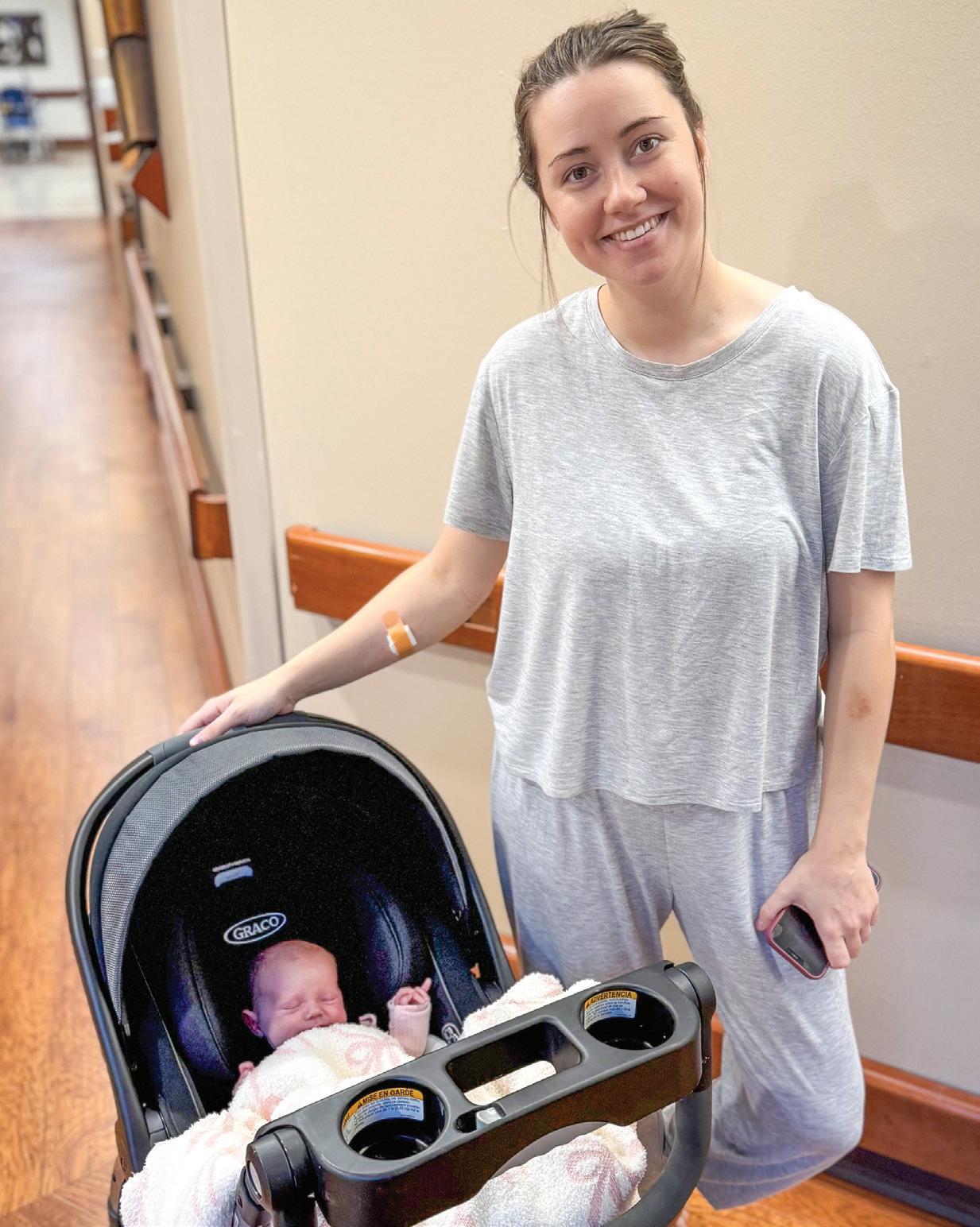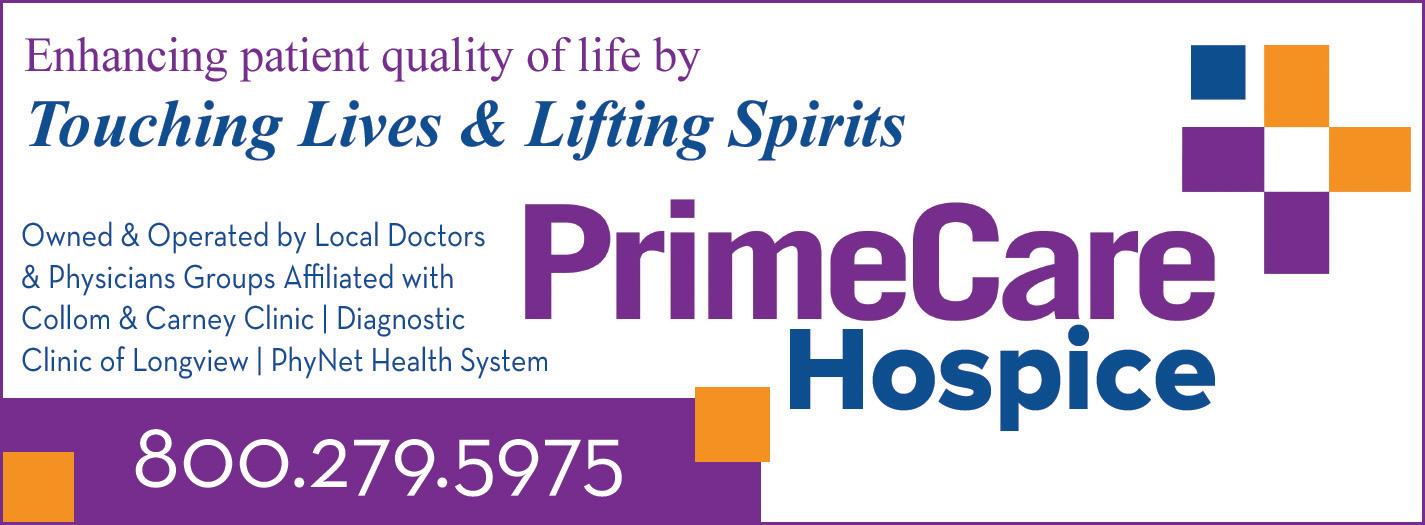




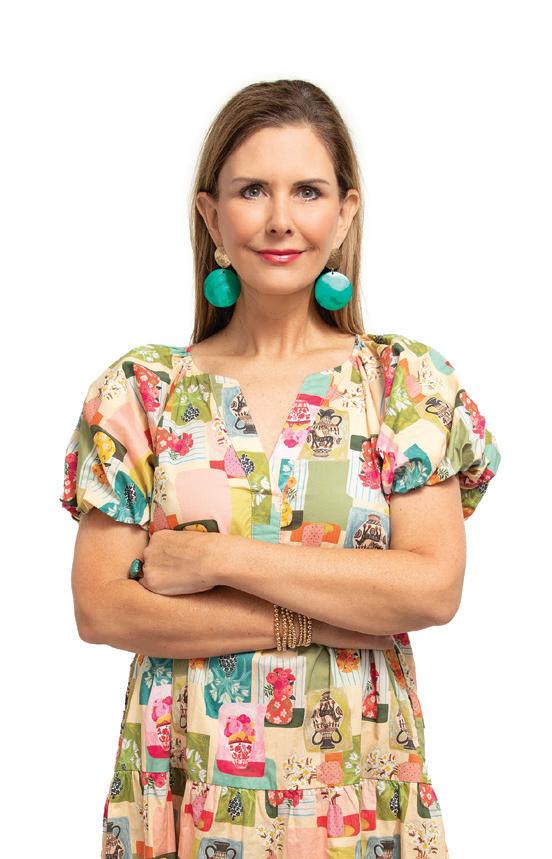







Robin Rogers, Ed.D.
ometimes, I worry about being too forthright in my editorial, about embarrassing my mom, my children, or my friends. I usually try to toe the line between professional and relatable: real but not too real. This month, compelled by the stories in this issue, I write with a little less reserve.
I got boobs in fifth grade—and not the training-bra kind. I started my period that same year. I was the tallest girl in school and felt like André the Giant. As an athlete, I soared, plowing down smaller girls to the whispers of their parents: Why do they let that big girl go against our petite princesses? Body dysmorphia started young for me, and I knew that, if I could ever “fix” myself, I would.
By early high school, everyone in my neighborhood had a moped. My best friend and I would ride to the E-Z Mart on Kings Highway for sodas and popcorn. That’s where I first saw Dexatrim on the shelves near the pain relievers. There must have been an age requirement, but I bought it with the confidence of an adult. For a couple of years, I popped those little pills that supposedly curbed appetite. Though I still towered over the boys, I slimmed down. When Dexatrim moved off the grocery store shelves, I regained the weight I’d lost.
By then, the “it thing” was to find your way to Natchez, Mississippi, to the so-called “fat doctor.” His name was Dr. Comatsas, and his specialty was prescribing a concoction of pills. My mom and her friends flew private to see him, and I begged to go along. Somehow, she agreed. The prescriptions included speed pills, thyroid pills, Lasix pills—you name it. That doctor had the Southern market cornered on desperate girls and women, me included.
By the 1990s, I found Phen-Fen, a drug approved by the FDA and later yanked from the market for causing heart attacks.
When I started having children, I settled into what my grandmother called “big-boned.” Whoever coined that phrase should have had their bones broken. My metabolism was wrecked from years of diets: frozen meals, plain baked potatoes, sunflower seeds only. Realistically, I knew I had to keep up with toddlers, so I tried not to fixate on my size, but the models of my youth were so tiny. They lived off cigarettes, cocaine, and Diet Coke. That lifestyle was truly unattainable.
In 2001, after the birth of my third child, I decided it was time to get thin “once and for all.” The FDA had just approved a surgery that placed a little band around your stomach to “prevent overeating.” If you ate “too much,” vomiting was the result. Sounded great to me, but I was 20 pounds too light to qualify for



PUBLISHER
Dr. Robin Rogers
EDITOR
Ellen Orr
GRAPHIC DESIGN & PHOTOGRAPHY
Shane Darby
SALES REPRESENTATIVE
Victoria Herman
EDITORIAL ASSISTANT
Phoebe Warren
the surgery. The doctor’s advice? Try to gain some weight and come back. But when eating entire pizzas by myself didn’t result in rapid weight gain? Well, she said, if I wore ankle weights, wrist weights, and my heaviest boots full of quarters, nobody would ask me to take them off before I stepped on the scale pre-op.
In my head, I needed this surgery to be “normal.” So I did it.
Fast forward a decade. I was thin. If I ate more than a bite or two of solid food, I vomited; I had to be close to a toilet for every meal. To survive, I drank milkshakes and broth. For ten years, I destroyed my body in this medically sanctioned way.
As time went on, I was able to keep down less and less food. As a result, I lost even more weight. By 2010, I could barely swallow water. I was no longer skinny; I was frail. I wrote a will.
When I met Dr. Laura Balmain, I hadn’t eaten or had a glass of water in weeks. She didn’t talk to me like I’d ruined my life. She spoke to me as a human being who had done desperate things out of pain. She prayed over me before surgery, assuring me she would remove the Lap-Band and stretch my closed-up esophagus with a balloon.
When I woke up, I was excited to see my children and to finally eat again. But the look on my oldest daughter’s face said otherwise. “Mom, your esophagus was so tight that they couldn’t use the regular balloon; they’ll have to order a neonatal balloon and repeat the procedure several times.” I cried.
A lifetime of self-abuse had landed me there.
After months of procedures, I regained the ability to swallow, but the years of vomiting had destroyed my esophageal lining. I had Barrett’s esophagus—a precancerous condition caused by chronic exposure to stomach acid. The LapBand was gone, but the damage remained.
For a while, I hoped I was out of the woods.
Last month, I went in for my check-up endoscopy and, since I’m over 50, bundled in a colonoscopy. My favorite gastroenterologist had retired, and my new one didn’t seem sympathetic about my history. From the start, I didn’t feel great about it. Still, I told myself good anesthesia would get me through.
When I woke up suddenly, feeling the scope in my bum, I panicked. “I feel it! It hurts!” I yelled. The CRNA said he’d push more meds. The doctor told me to breathe. I heard the nurse say, “The IV blew.” They kept urging me to breathe deeply, but I was very much awake—and not in the funny, wisdom-teeth-video kind of way. It was horrible and traumatic.
The only good thing that came out of that nightmare? My colon looks fine, and I don’t have to repeat that joy for another 10 years.
The endoscopy was a different story. Abusing your body has consequences. The esophageal damage has progressed. My next step is radiofrequency ablation of my esophagus, to prevent cancer.
We are each given only one body. I wish I had realized mine was perfect before I hurt it. If I could teach anybody anything about life today, it would be to eat, drink, laugh, and love yourself. Photos in fashion magazines aren’t real, Instagram isn’t real, and we are all perfect just the way we came.
Despite the terrible fluke of waking up during the procedure, I am so grateful I went in for those GI scopes; they provided the information needed to get ahead of cells progressing toward cancer.
For most of my life, I was willing to trade health for thinness. Now, I’ll do whatever it takes to care for my body and live a long, vibrant life. I know that the cancer survivors featured in this issue feel the same way. I hope you do, too. As always, thanks for reading FSLM
CONTRIBUTING
PHOTOGRAPHERS
Alexandria Ware Photography
CONTRIBUTING WRITERS
Emily Gammon
Abigail Gold
Lauren Simmons Johnson
Ellen Orr
Robin Proctor
Brandon Shoemaker
Sarah Vammen
Phoebe Warren
Four States Living Magazine is published the first business day of every month. © Copyright 2025 by Four States Living Magazine. No part of this publication may be reproduced in any form without written permission of the publisher. Four States Living Magazine is distributed free of charge. Direct mail subscriptions are $40.00 per year. Reader correspondence and editorial submissions are welcome. We reserve the right to edit or reject any material contributed.
Do You Have a Story or a Photo?
We welcome information regarding topics of interest for future publications. If you have a story or photos that in some way depicts living or visiting in the Four States area and would be of interest to our readers, we want to hear from you. Call 903-792-2262 or write: Editorial Department, Four States Living Magazine, 4104 Summerhill Square, Texarkana, Texas 75503. Comments are also welcome at our e-mail address: info@fourstatesliving.com
Want to Advertise?
Advertising rates may be obtained by contacting the Sales Department at 903-792-2262, writing to Four States Living Magazine, 4104 Summerhill Square, Texarkana, Texas 75503, visiting our website www.fourstatesliving.com or emailing our Sales Department at info@fourstatesliving.com

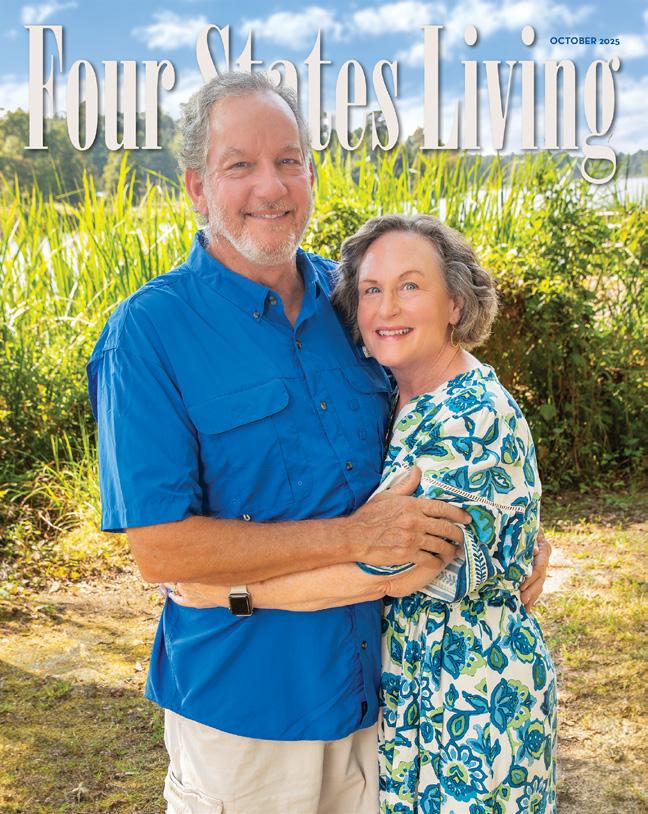
When Lisa Moore was diagnosed with stage IV metastatic breast cancer, her family feared the worst. But thanks to family, faith, and cutting-edge immunotherapy treatments, she emerged as a modern medical miracle.
Read Lisa’s story on page 12.
Four-year-old Bexley Crouch’s canine companion is so much more than a best friend. Harvey, her golden retriever, is a diabetic alert dog, trained to detect changes in Bexley’s blood sugar. With Harvey by her side, Bexley has the perfect protective playmate.
Read about Bexley’s journey on page 30.
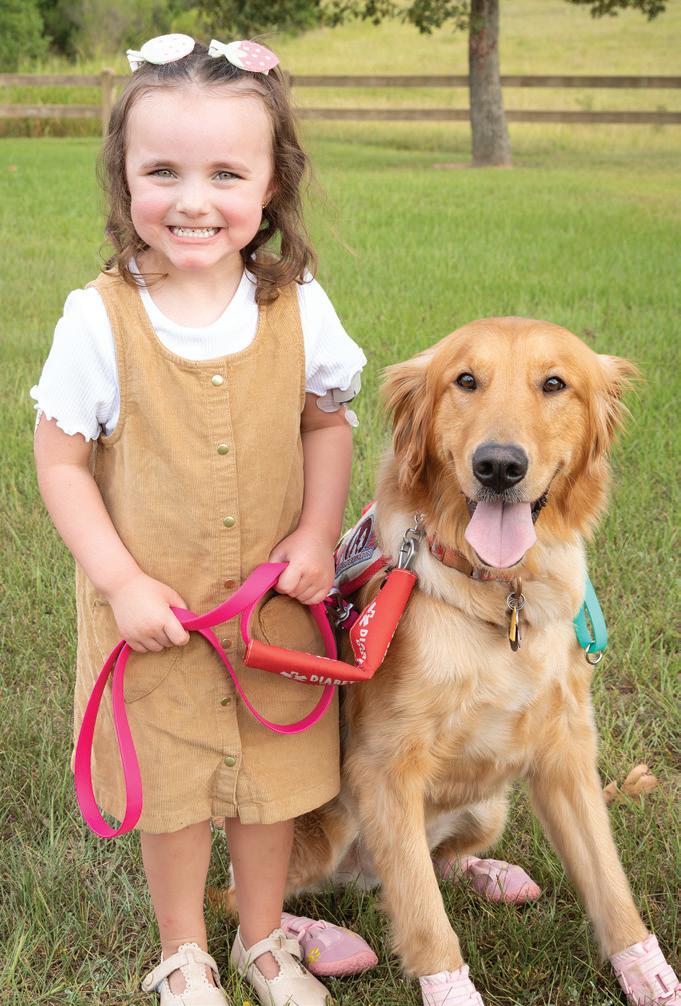



THE UNITED WAY OF GREATER TEXARKANA HELD ITS ANNUAL CAMPAIGN KICKOFF AT THE TEXARKANA CONVENTION CENTER ON THURSDAY, SEPTEMBER 4TH.


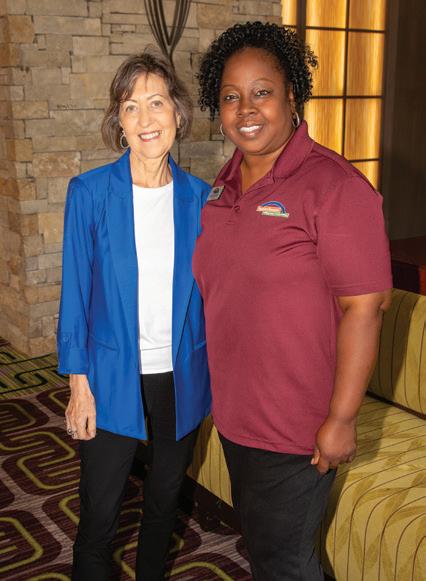
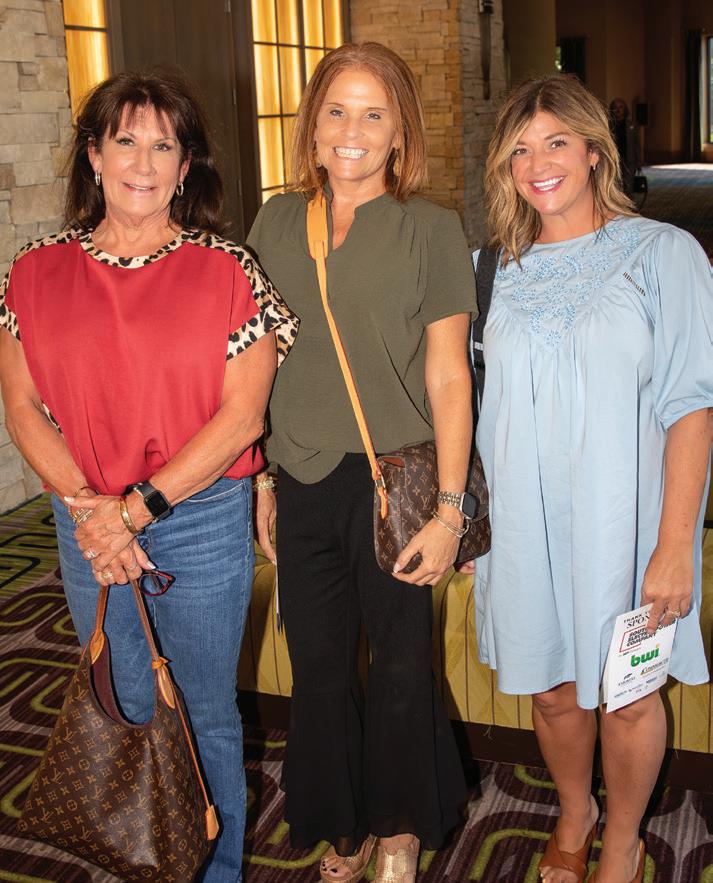
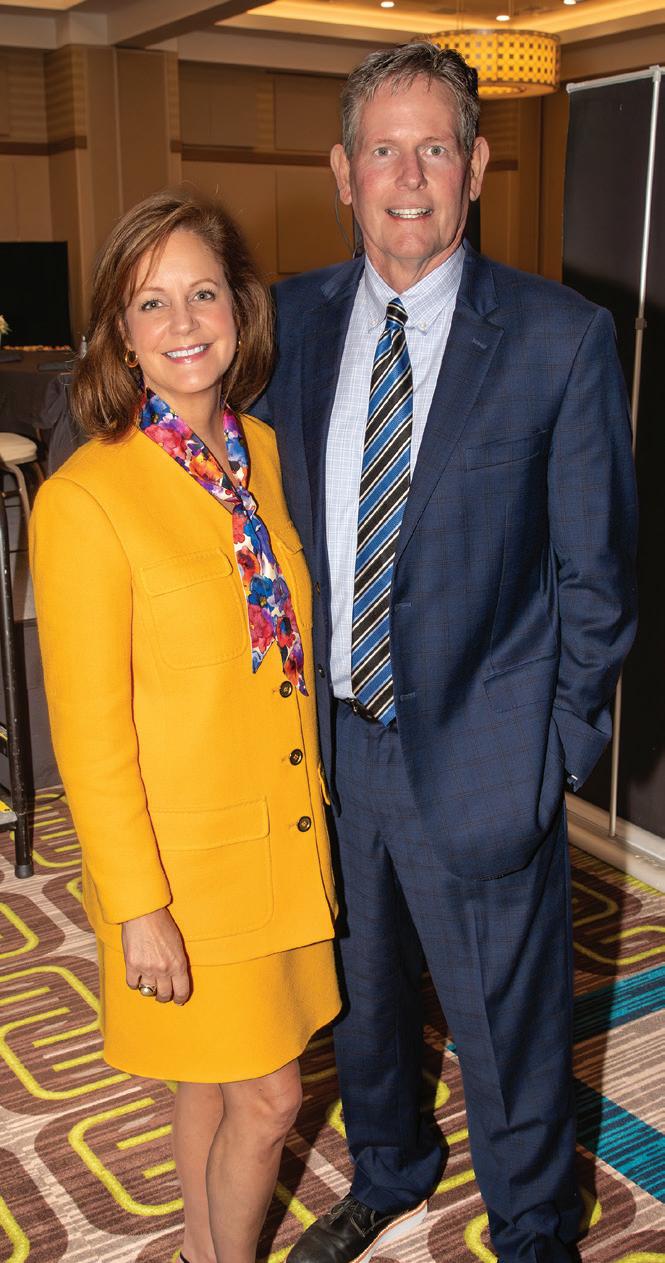
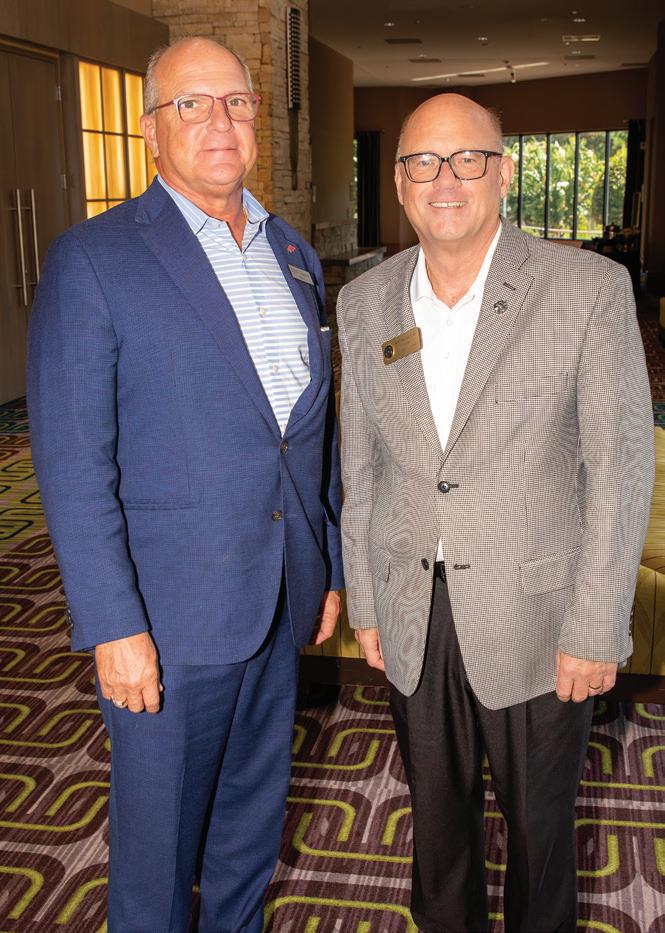

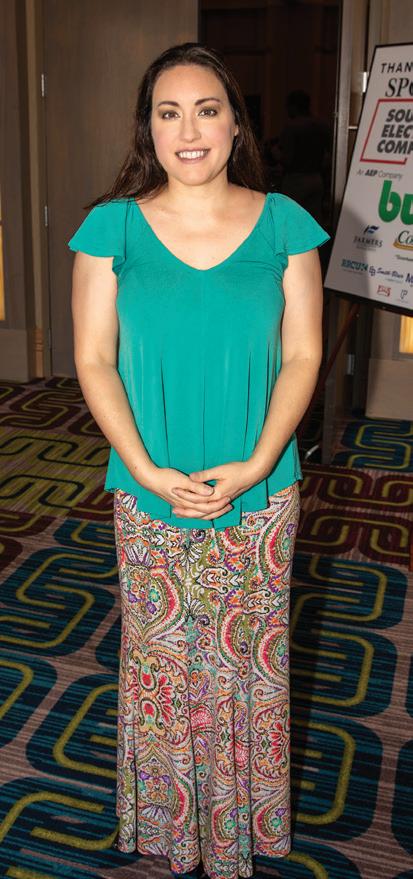


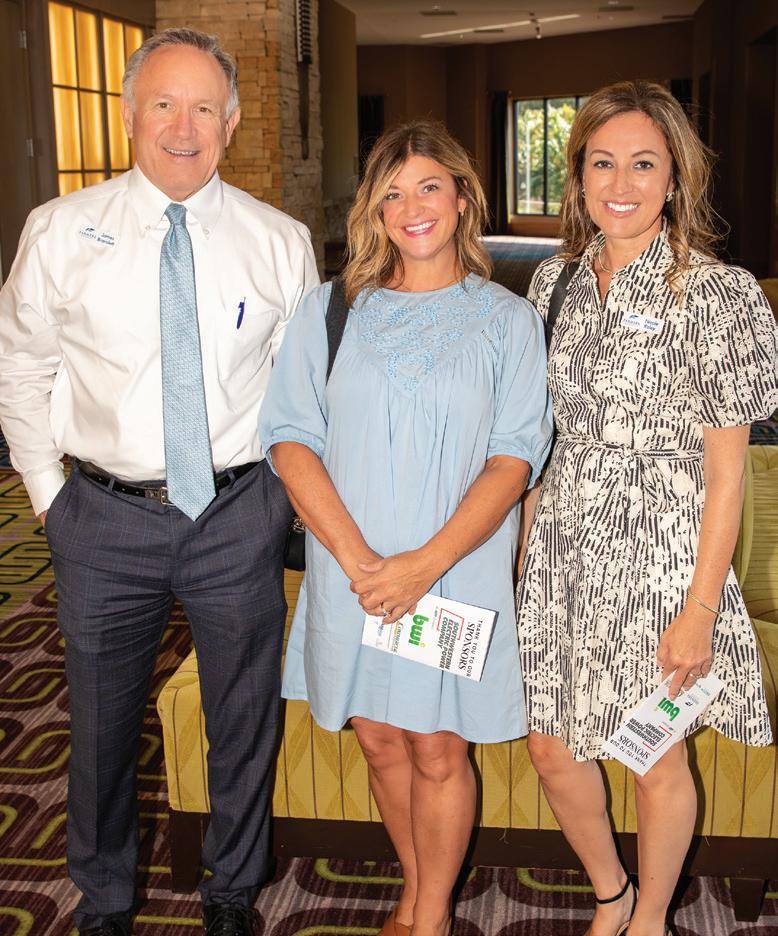

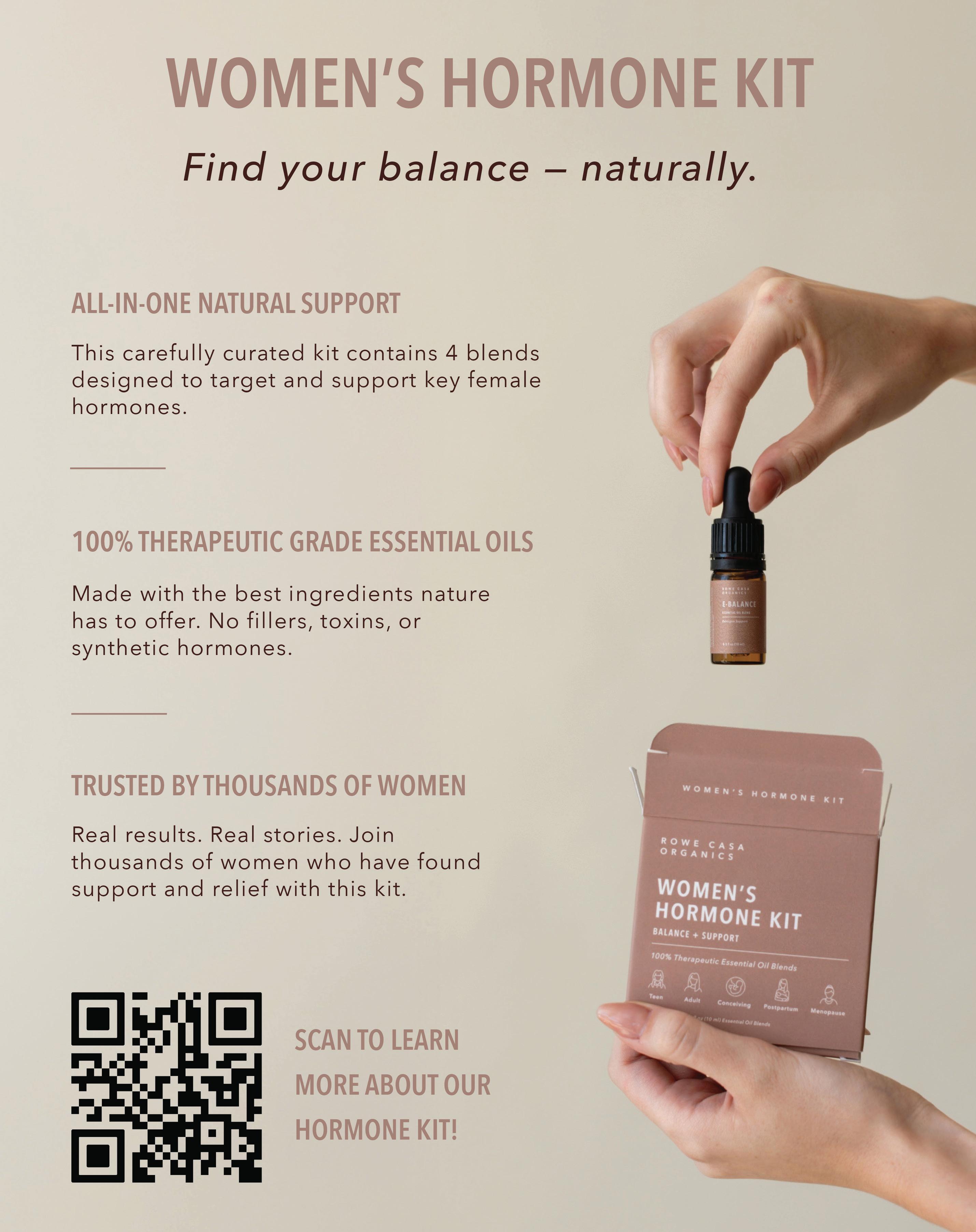
With immunotherapy, Lisa Moore recovered from aggressive metastatic cancer
by LAUREN SIMMONS JOHNSON
On February 9th, 2023, Lisa Moore was diagnosed with stage IV metastatic breast cancer. Five months later, her scans showed significant improvement, and by September, she was in remission. Lisa attributed the healing to her faith in the Lord and the cutting-edge treatments in immunotherapy.
“I can not even imagine going through this without God,” she said. “He handpicked some mighty warriors to be His hands and feet on Earth for us.”
Lisa said she sought her doctor’s input when she began to have trouble breathing in January of 2023. What she thought to be pneumonia was over three pounds of fluid in her lungs, the result of breast cancer that had spread not only to both of her lungs but also to her sternum, liver, spine, and pelvis. Her doctors told her she had three months to live. Lisa’s life changed when she was referred to the Central Arkansas Radiation Therapy Institute (CARTI) and Dr. Sam Makhoul.
“Dr. Makhoul calls me his miracle patient,” Lisa said. “This is usually a death sentence for most people, but his research is changing things, and he gave us hope.”
She immediately began immunotherapy treatments to attack the cancer cells and stop them from reproducing. Immunotherapy is a new type of cancer treatment that boosts the body’s immune system to help fight the cancer cells with its own resources, according to the American Cancer Society. Lisa was given port infusions every three weeks and started on a trial drug to reduce the spread of cancer cells to her brain.
progressed, her lungs continued to fill with fluid. “I had to have over 30 thoracenteses throughout my treatment due to all the fluid in my lungs,” she said, describing the procedure that removed the excess fluid.
By June, Lisa’s PET scans showed significant improvement in all areas. However, biopsy results showed that Lisa’s cancer was HER2-positive, a fast-growing breast cancer that requires intensive chemotherapy.
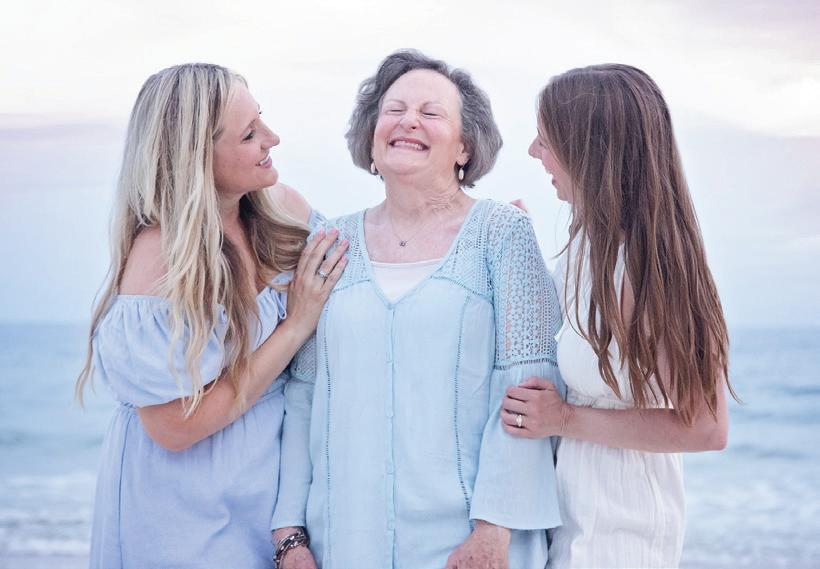
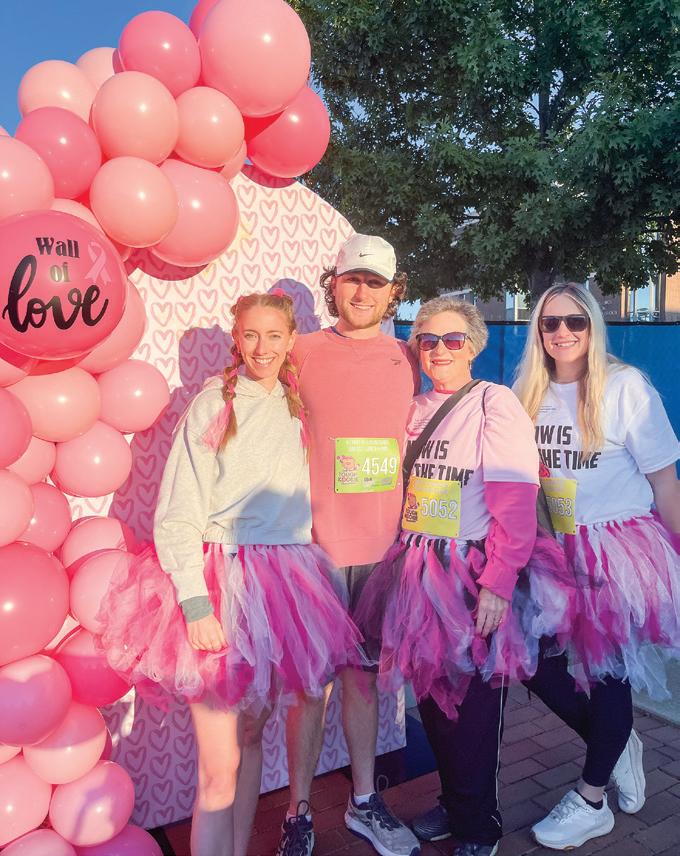
Shortly after the treatments began, Lisa’s scans showed the cancer cells dying; however, this caused other problems, as the dead cells formed fluid in her lungs. As her immunotherapy treatments
submitted photos
“This is the day I learned I would lose my hair,” Lisa said. “My daughter, Emily, was with me; she was so tough and encouraging.”
Emily said she has witnessed her mother’s faith and strength since the day she was diagnosed. “Despite the physical and emotional toll, she fought with a determination and faith in God that inspires me and so many others,” Emily said. “The process has been grueling—there were days when she seemed ready to give in—but even in those dark moments, she found a way to keep pushing forward.”
By August of 2023, Lisa finished her final round of chemotherapy, and her lungs were fluid-free. She said her prayer groups at the First Baptist Church of Texarkana and the Tough Kookie Foundation were lifelines for her during her treatments. She will be forever grateful for the “tears and victories” shared at the locally based cancer support foundation and credited her prayer group as her “warriors” who carried her through the fight.
“They have prayed over me, supported me, and encouraged me,” she said. “They reminded me that God is in control and worry has no place here. I think God put me in that group knowing I was going into battle.”
Another unexpected blessing, according to Lisa, was Prodigy Life, a local faith-based yoga studio. She said the studio was a comfort to

her during her battle with cancer and the healing process afterwards.
“My daughter found Prodigy and signed me up for a few classes after my diagnosis,” she said. “I didn’t think I would enjoy yoga, but it was truly a blessing. My yoga family has been through this journey with me.”
Lisa said Prodigy Life has helped her mentally, physically, and spiritually during and after her cancer. She described the community focus as providing the best support for her during an anxious time.
Emily said watching her mom transform through yoga has been an incredible experience and that she is grateful that her mom took a chance on
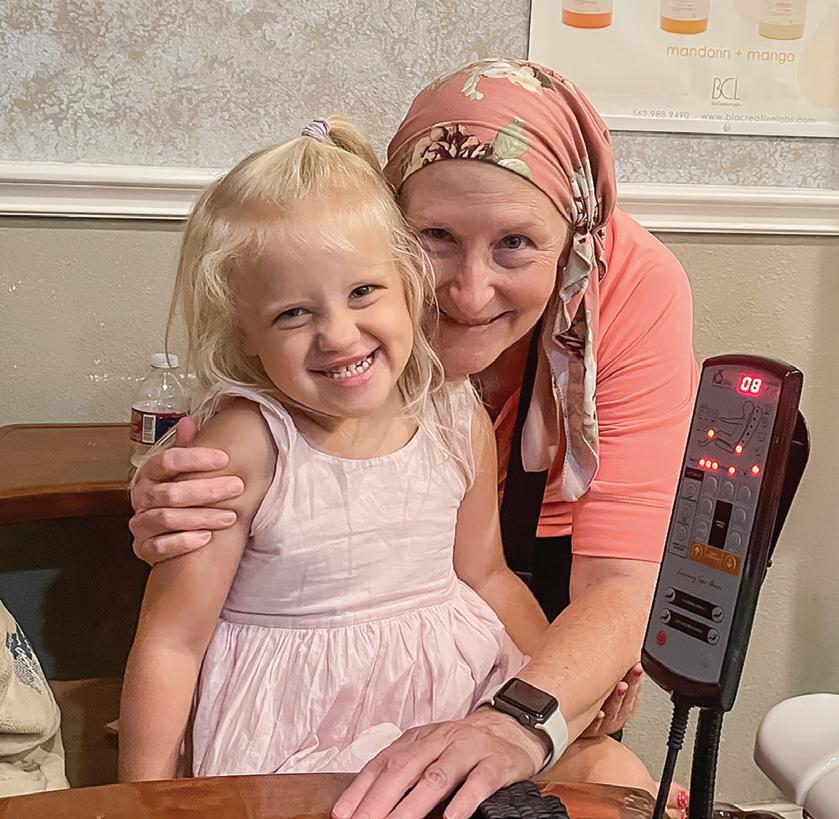

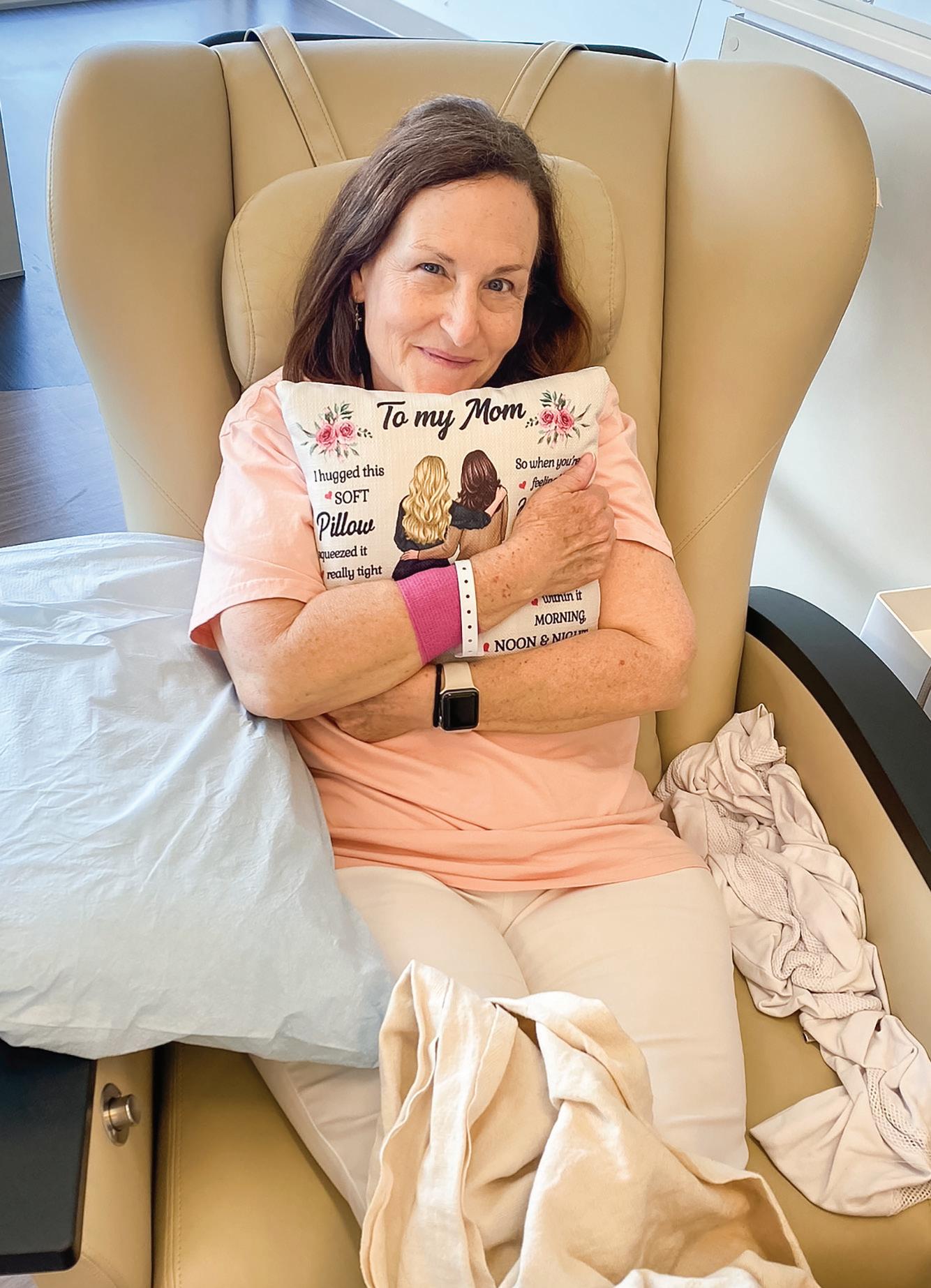

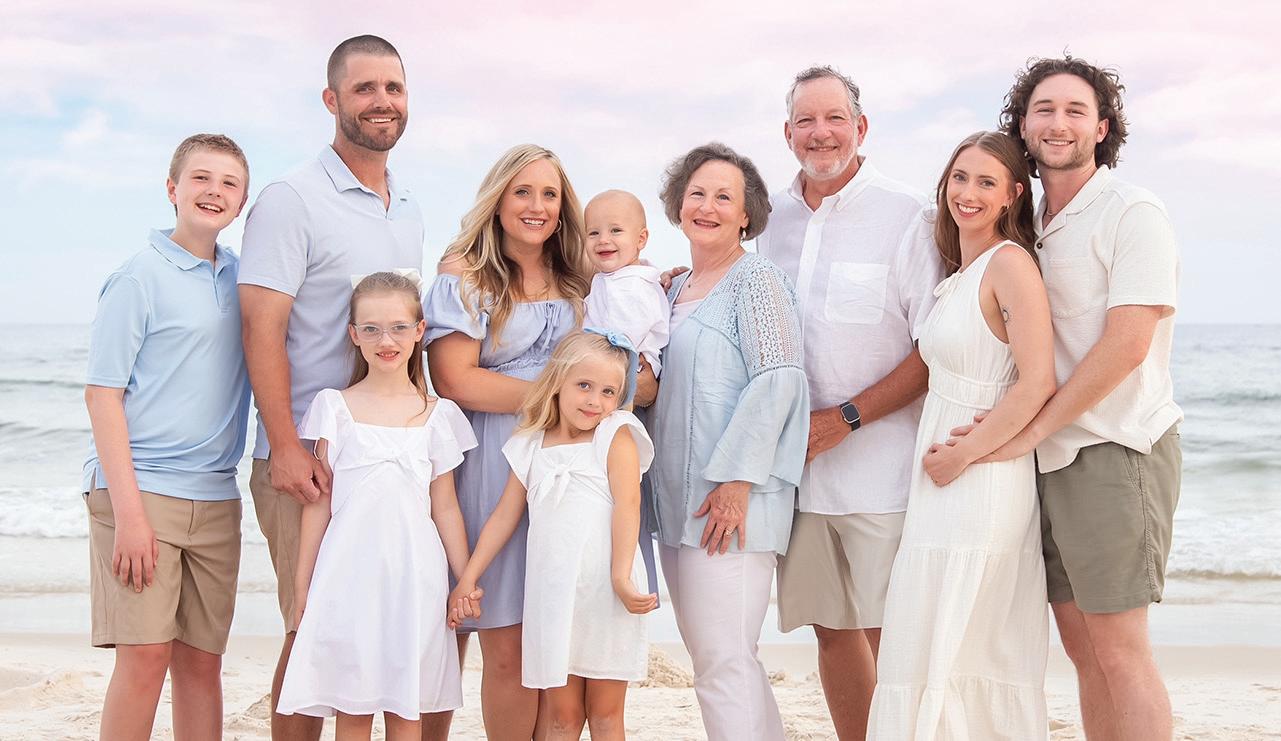
something that is now an integral part of her healing journey.
“I’ve seen her find a sense of peace and empowerment,” Emily said. “It has become a space for her to breathe, to process everything she’s been through, and to reconnect with herself.”
Lisa said that she has now been in remission for over two years. The experience has left a lasting mark on her life. She learned to trust God more with her burdens, and her medical miracle has helped her speak out about her faith. Since her victory over cancer, she has celebrated her son’s wedding and the birth of her fourth grandchild. She said she continues to attend Prodigy Life yoga, lean on her support groups—including her prayer warriors, Sunday school class, and friends at Tough Kookie—and praise God for her own personal miracle.



by SHANE DARBY
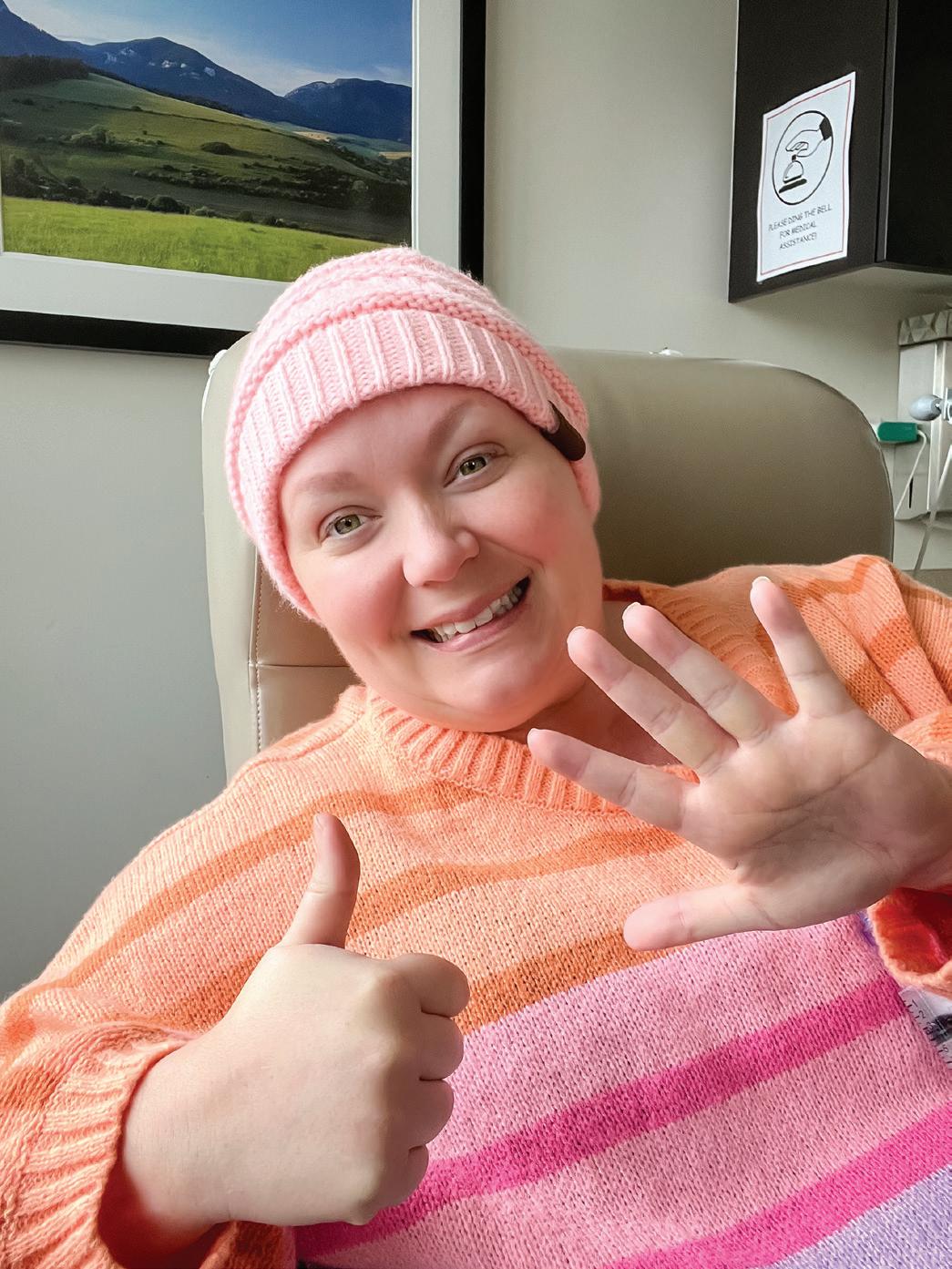
With optimism and perspective, Brittanie Cooper-Stone navigated treatment for aggressive breast cancer
by ELLEN ORR
In April 2023, then–42-year-old Brittanie Cooper-Stone made a mammography appointment, just to get her husband off of her back.
“I was like, ‘Keith, really? They said I was fine [at my last mammogram], so I’m not really worried about it,’” she recalled. “But he just kept pushing and kept pushing, so finally I called and scheduled.”
Brittanie felt healthy and could find no lumps through selfexaminations. And though her mother had survived breast cancer, Brittanie was not concerned; she had been tested for the BRCA mutation after her mother’s diagnosis in 2019, and she was not a carrier. There was no additional breast cancer in her family history.
“If my husband hadn’t been steadily pestering me, I wouldn’t have gotten a mammogram,” she said. “I truly did it just to get him to leave me alone about it.”
Brittanie’s mammogram results came back irregular; she was called in for a follow-up mammogram and ultrasound. The screening revealed multiple spots in Brittanie’s right breast; the medical team performed a biopsy then and there.
When the biopsy results indicated cancer, Brittanie was referred to the Charles A. Sammon Cancer Center at Baylor Scott and White. Her first appointment was in June of 2023. As she and Keith drove to Dallas, she mentally prepared for a double mastectomy.
“I had a friend who’d had breast cancer, and my mother had had breast cancer,” she said. “They had everything taken out [surgically] and had their reconstructions done, all at the same time—no chemo, no radiation. So I was just like, ‘Okay, no big deal. We’ve had friends go through this. Mom’s gone through this. We’re good.’”
After preliminary testing, Brittanie’s doctor informed her that a double mastectomy would be wise—but that chemotherapy would also be necessary. Her cancer was grade-3 (fast-growing and most likely to spread) and both estrogen- and HER2-positive. They also learned that, while Brittanie’s BRCA genes were typical, her CHEK2 gene was mutated.
In August, Brittanie underwent a double mastectomy. Surgeons uncovered five cancerous spots, which were larger than had been predicted. They also found that it had spread to one of her lymph nodes; this meant, after chemo and reconstruction, Brittanie would need radiation. Her surgeon placed tissue expanders under her chest muscles, in preparation for eventual reconstruction. The plan was for Brittanie to recover from surgery before receiving chemotherapy. After chemo, she would undergo reconstructive surgery. Radiation would come last, as it damages tissue and complicates reconstruction.
However, Brittanie’s post-mastectomy scars did not heal properly. “The skin kind of started dying off,” she said. She had to undergo another surgery, and the expanders were flattened. They would need to be refilled very gradually to prepare for the placement of implants—all of which would need to happen concurrently with her chemotherapy treatments, given the aggressive nature of the cancer. “My plastic surgeon and oncologist started working really closely together because they knew that we were on a tight timeframe,” Brittanie said.
Through all of this, very few people were aware of Brittanie’s cancer. “I don’t overly share [in general], and I didn’t want a lot of people asking [about my cancer], because sometimes I feel like people ask about stuff not necessarily because they care,” she said. “And I wanted to keep everything very normal for my kids. I didn’t want them

steadily get getting asked, or getting those looks, or somebody saying to them, ‘So-and-so had breast cancer, and they died.’”
For the first six months after diagnosis, only family members and close friends were informed. However, when Brittanie shaved her head in December of 2023, the circle inevitably widened.
“The chunks of hair coming out in the shower . . . that was more traumatic than just not having hair,” she said, “so we shaved it.” She had the hairdresser shave a “K” into the back of her head, “for Keith,” and took a photo for her children before going totally bald. When her hair began growing back post-chemo, Brittanie and her preteen son, Cooper, would joke about their respective hair styles. “He kept measuring himself and asking, ‘Am I taller than you yet?’” she recalled. “And I would say, ‘Well, I don’t know. Is my hair longer than yours yet?’ We tried to keep everything light and fluffy.”
“All these different things have not worked out the way we wanted them to, but I feel like so many positive people have been placed in my life to be supportive, between family, friends, coworkers, and [medical professionals].
After her regular chemotherapy treatments were complete, Brittanie received 18 rounds of targeted chemo immunotherapy, administered every three weeks. Following that, she underwent radiation treatments, five days a week for six and a half weeks. When those treatments concluded in June of 2024, she began taking an anti-HER2 oral medication. One
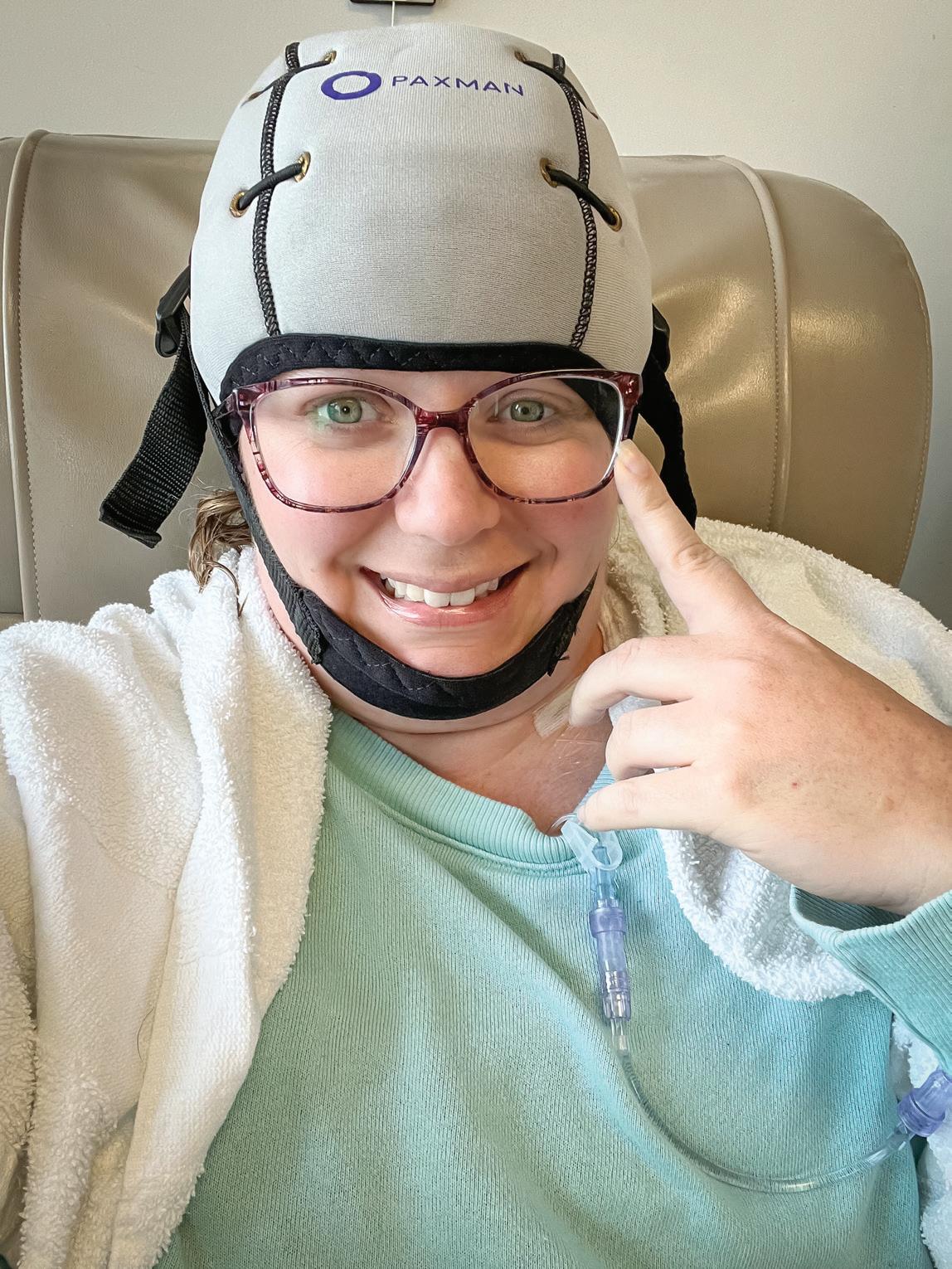




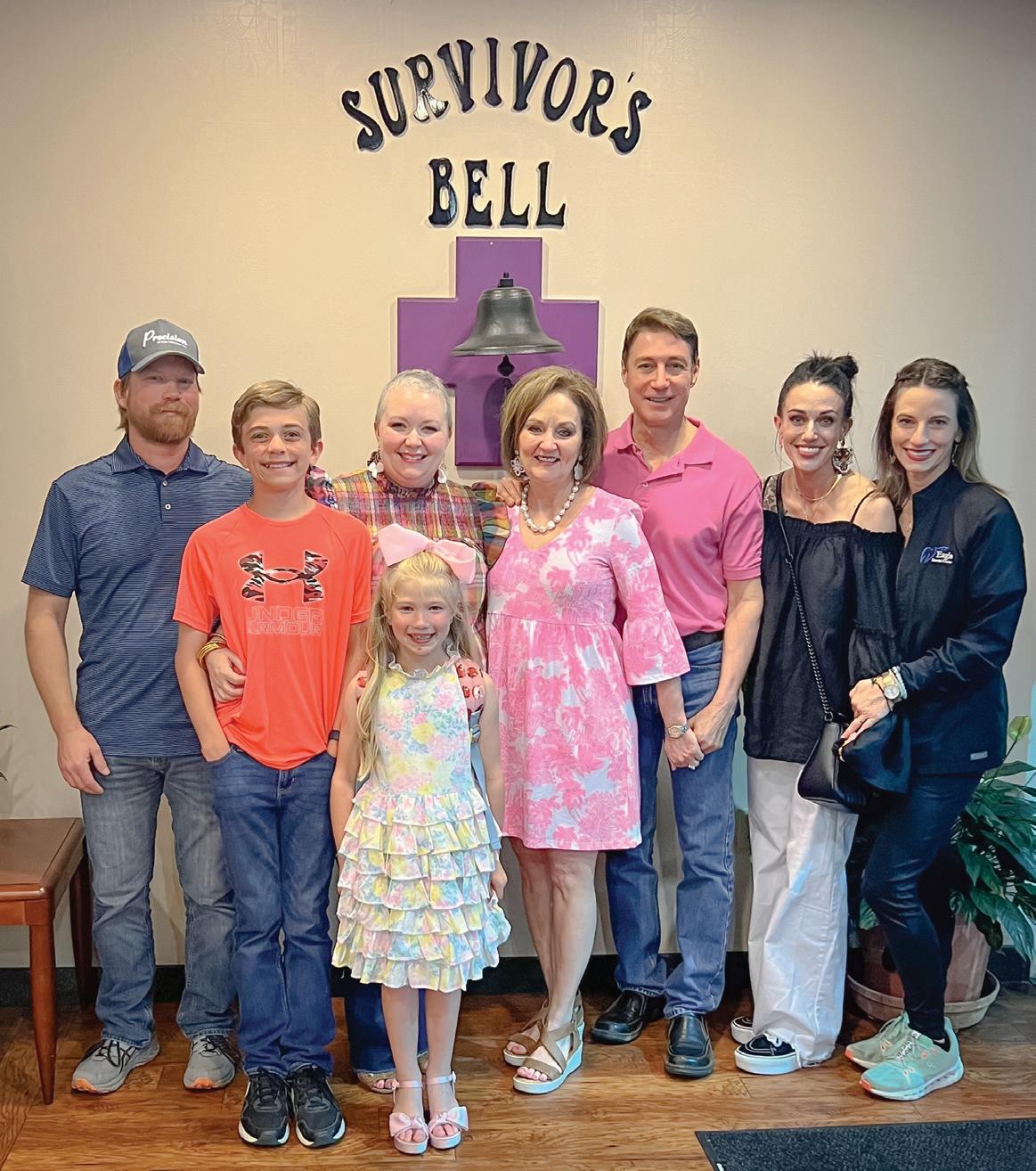
Celebrating her last day of radiation, Brittanie rang the “survivor bell,” surrounded by her family.
potential, though rare, side effect was cellulitis, which 0.4% of patients experience on the drug. Brittanie developed cellulitis in her right breast, which necessitated two week-long hospital stays for IV antibiotic treatments, as well as the removal of one of her implants. The plan moving forward is to pull healthy muscle from her back to reconstruct the breast, as expanding and implanting is no longer possible post-radiation. The surgery should happen later this year.
In the midst of treatment, Brittanie joked with her children that she had a “dad bod,” with her bald head, flat chest, and chemo-induced weight gain in her belly. This levity and lack of superficiality came from knowing that “everything could always be worse,” she said. “There’s no reason to sit there and say, ‘Oh, poor, pitiful me.’ Other people have it a lot worse, so let’s just take it one step at a time and look at where we can find the silver lining.”
Still, she is looking forward to what will likely be her final reconstructive operation. “Clothes don’t fit right,” she said. “And people say, ‘Oh, get a prosthetic,’ but I love being in the pool and at the lake, and swimsuits, no matter what type you get, just don’t fit right [with a prosthetic]. So I’m going to give it one more try and see how it goes.”
Though she has since stopped taking the cellulitis-causing medication, Brittanie will continue taking a different hormone therapy drug for the next seven to 10 years. She is screened via X-ray every six months for recurrence. Her hair is again longer than her son’s, and curlier than ever before. She is enjoying Cooper’s musical performances in the Pleasant Grove Middle School Band, and she is excited to watch her daughter, fourth grader Carter Marie, dance this winter in The Nutcracker. Though her cancer journey is not yet complete, Brittanie is feeling lighter and well loved.
“All these different things have not worked out the way we wanted them to, but I feel like so many positive people have been placed in my life to be supportive, between family, friends, coworkers, and [medical professionals],” she said. “Kim Keith, one of my friends who used to drop stuff off all the time, left me this note that said, ‘God doesn’t promise that we’ll never go through valleys, but He does promise that we’ll never be alone.’”

HARVEST REGIONAL FOOD BANK HELD ITS HUNGER ACTION MONTH LUNCHEON IN WESLEY HALL AT WILLIAMS UMC ON TUESDAY, AUGUST 26TH.






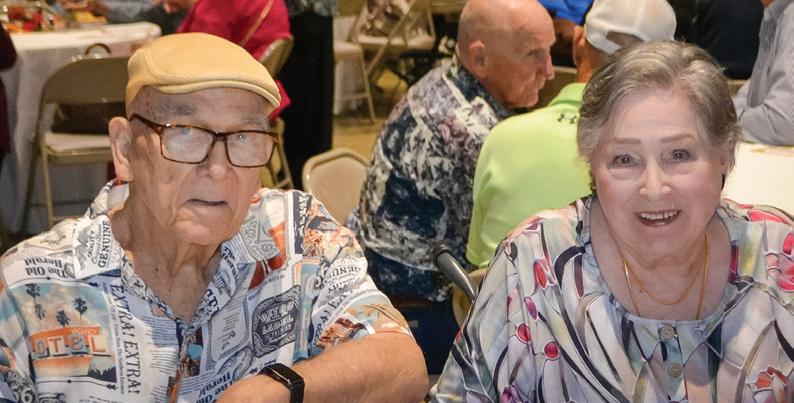
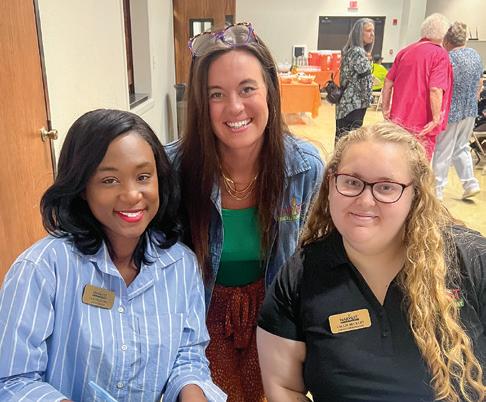
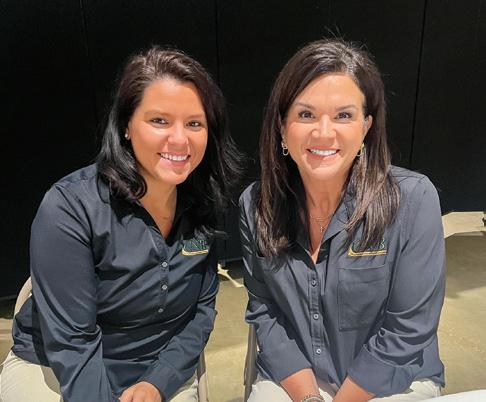



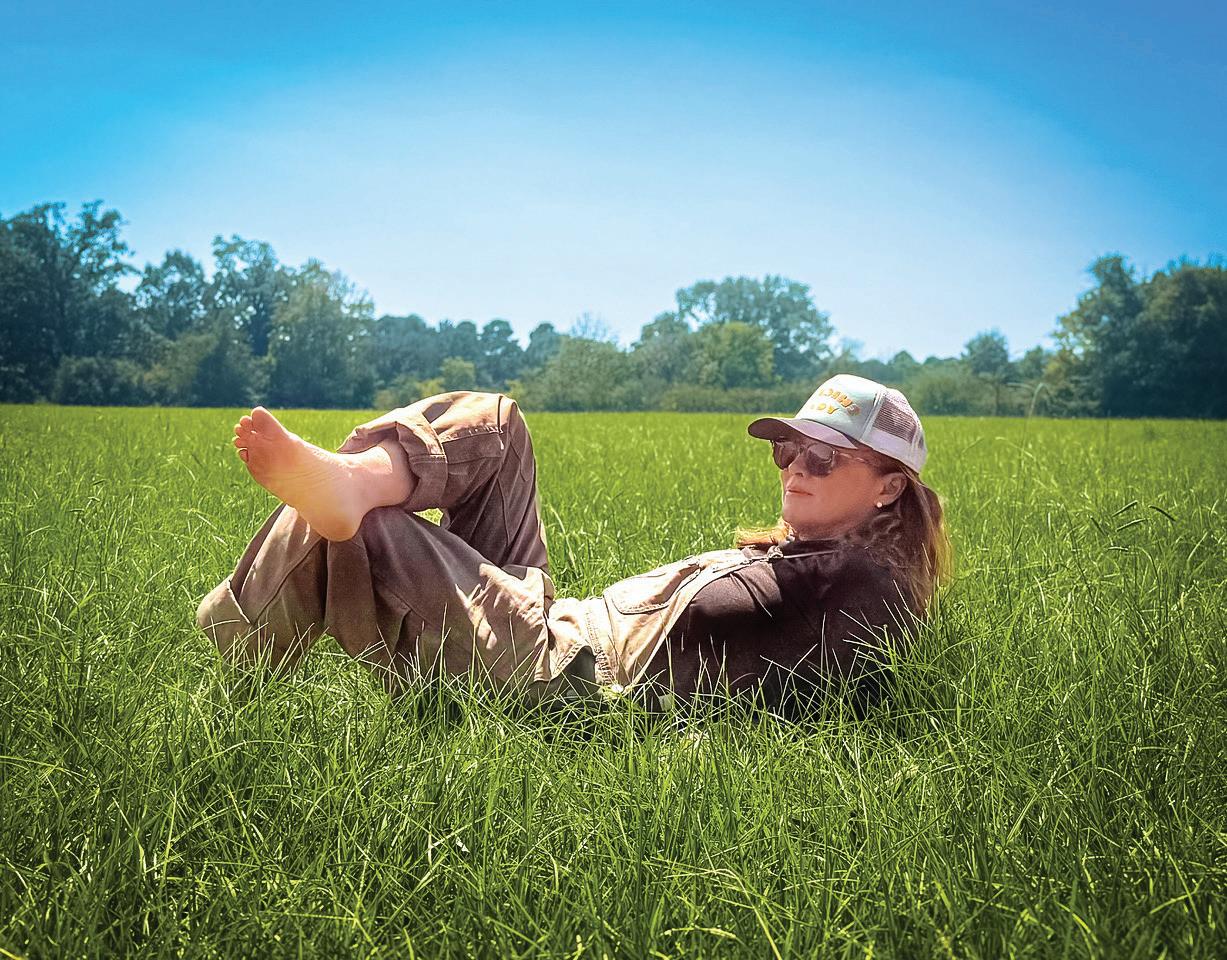
by ROBIN PROCTOR OF DIRT
ith his smudged face, Pigpen may have been the smartest of the Charlie Brown characters, always leaving a trail of dust and dirt in his path. It may have taken me a few years to realize it, but I think we could have been good friends! No doubt he had a promising future as a homesteader. In a world filled with hand sanitizer, it may be time to get back to the basics of healthy living, and the first step may be as close as your own backyard. Nature is filled with herbs, healing plants, sunshine, fresh soil, and a whole lot of free therapy.
We have all had those moments when you can feel your blood pressure climbing like steam building in a pressure cooker. On days when I need to unwind, I go for a walk and almost always end up sitting on the grass—or, better yet, lying flat on my back, gazing up at the endless blue sky. The warmth of the earth radiating through me fills me with a sense of peace; after all, Scripture says, “He makes me lie down in green pastures.” Luckily, the neighbors have never witnessed this—or, if they have, they haven’t dialed emergency services on me yet. There is just something therapeutic about making contact with the ground, whether lying down or running your hands through warm soil or walking barefoot on the cool grass.
Well, it seems I might have been on to something. Apparently, the secret is out: walking barefoot in the dirt is medicine for the soul and the body, and it comes with a trendy new name—“grounding.” So, kick off your shoes, and take a walk in the cool morning dew. Lie in a field, and feel the warmth of the ground and the sunshine on your face. Bury your hands deep down in fresh dirt and plant something. It will feel good, and that’s proof enough.
But that’s only scratching the surface of what nature has to offer; the health benefits of connecting with nature go far beyond grounding. Gardening is the ideal opportunity to get physical exercise while feeding the soul, and it puts food on the table. When you plant and harvest your own foods, you take control of how you nourish your body. October is the perfect time to plant your fall vegetables such as carrots, broccoli, lettuce, cabbage, and more. Be selective in the type of soil you plant in to ensure clean, nutritious produce. There is pride in eating what you have grown with your own two hands. That pride and gratitude will feed the spirit as much as the nutrition feeds the body.
It is a good feeling to take what nature has given so generously and turn it into something that will benefit my household for the coming months. “ ”
Nature’s medicine cabinet would not be complete without beneficial herbs. These herbs are nature’s healing treasures, ideal
for crafting tinctures and balms. The possibilities are endless with just a few simple, easily grown herbs. Many herbs thrive in this region and can often be found tucked in amongst our landscaping shrubs. Rosemary, lavender, lemon balm, and lemongrass are a few of my favorites.
I’ve always heard that “necessity is the mother of all inventions.” Several years ago, when I first started making sourdough bread, I wasn’t sure how to safely clean the surface where I worked the dough. Most of my cleaners were filled with harsh chemicals that I did not want transferred to my food. Having an abundance of rosemary, I combined rosemary with a high-proof alcohol. The alcohol extracted the natural oils from the rosemary, creating an aromatic tincture. I mix the tincture with vinegar to make a safe cleaner that smells incredible, and I store it in recycled glass jars to cut down on microplastic exposure. The benefits of tinctures are endless and perfect for nature’s medicine chest.
As the summer winds down on the homestead, I find myself gathering up the last of the season’s offerings. I am determined to not let anything go to waste (a trait I most likely inherited from my dad). One of my favorites this summer was the lemongrass I planted by the chicken coop. This unassuming little patch of grass, easily mistaken for a weed, did its job well keeping the mosquitos at bay. As the evening temps begin to drop, the stark reality that their days are numbered is inevitable. So, I set about collecting the greenery, with plans to dry some leaves and also make a soothing lemongrass balm, the perfect addition to my medicine cabinet with its natural antibacterial qualities. This balm offers multiple benefits for the skin such as hydration, toning, joint pain, and stress relief, all while promoting calmness. The dried leaves will be beneficial for teas and even long soaks in the bath—the perfect way to transition into the fall season.
It is a good feeling to take what nature has given so generously and turn it into something that will benefit my household for the coming months. It’s not too late to start stocking your own medicine chest. And when you see me out with a smile on my face, looking calm and collected, you will know my secrets: I’ve been out running around barefoot, making snow angels in the wet morning grass, and sipping on lemongrass tea.
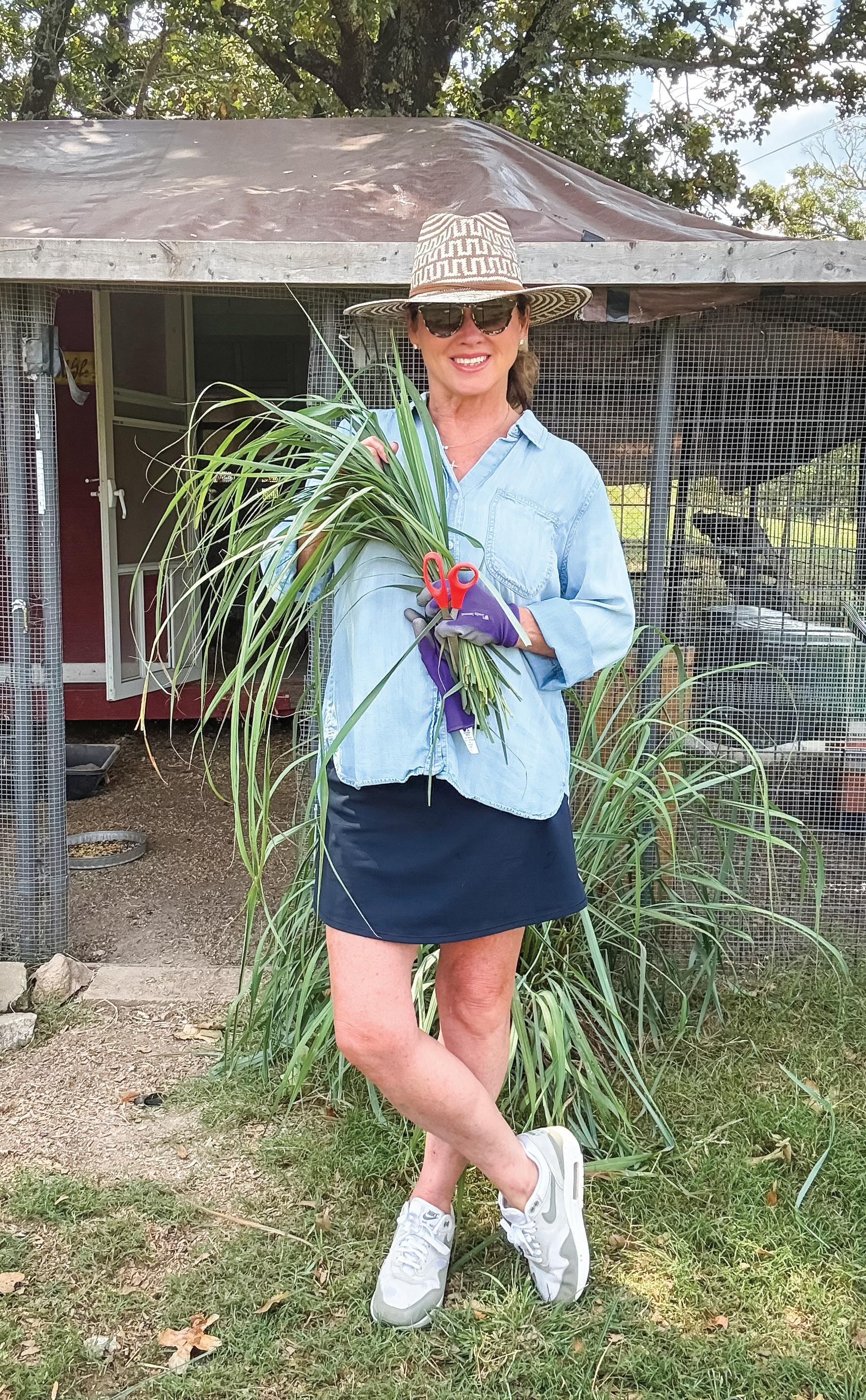


Texarkana
a cancer diagnosis to fulfill her teaching dreams
by SARAH VAMMEN
by
Emma Grace Beck was a typical college student at Texas A&M–Texarkana, studying early childhood education. She took 15 hours of classes, attended sporting events, spent time with friends and family, and made the most out of life at 21 years old. Everything was going according to plan.
But in the summer of 2024, Emma’s life changed completely. “I got sick and had what we thought was an enlarged lymph node,” she said. “I had some lab work done, which showed my white blood cell count was high.” Emma was referred to local ENT Dr. Paul Whitt, who conducted a CT scan and prescribed antibiotics. Despite the medication, the enlarged lymph node remained and required surgical removal.
After her lymph node removal surgery on October 11th, Emma waited 10 days for pathology results. When she went back to Dr. Whitt for her post-op appointment, she was surprised to find both of her parents there to meet her. “It gave it away that something was badly wrong,” she said. Emma was diagnosed with mucoepidermoid carcinoma, a cancer of the salivary gland.
Initially, Emma’s medical team determined no additional treatment was needed. However, less than two months later, Emma needed another mass surgically removed. “When pathology came back, it was the same cancer,” she explained. This prompted a visit to medical oncologist, Dr. Daphne Taylor, who prescribed radiation treatments with Dr. Charles Matthews, a Texarkana-area radiation oncologist. “He determined I needed to complete 33 treatments of radiation in his office,” she said. Facing a cancer diagnosis and the aggressive treatment that it required was a terrifying new reality that Emma never expected. “There were obviously lots of tears, but more so worry about the unknown of what was to come,” she said.
The next several weeks were grueling to say the least, as Emma balanced a chaotic schedule of daily radiation treatments with college classes and student teaching. “To start the process, I had labs drawn and was fitted for my mask that I was locked into each day for radiation,” she said. A radiation mask, also known as an immobilization mask, is a customfitted, rigid mesh device used during radiotherapy for salivary cancer. It keeps the patient’s head, neck, and shoulders in the exact same position for every treatment session, ensuring the radiation targets the tumor precisely and minimizes damage to surrounding healthy tissue.


Emma started her treatments at the start of the new year. Five days a week, for nearly seven weeks, Emma received radiation treatments every day after school. The treatments left her with severe fatigue and little appetite. “I really had to force myself to eat good protein,” she said. “Doing simple tasks like taking a shower and drying my hair took all of my energy.”

day of treatment.

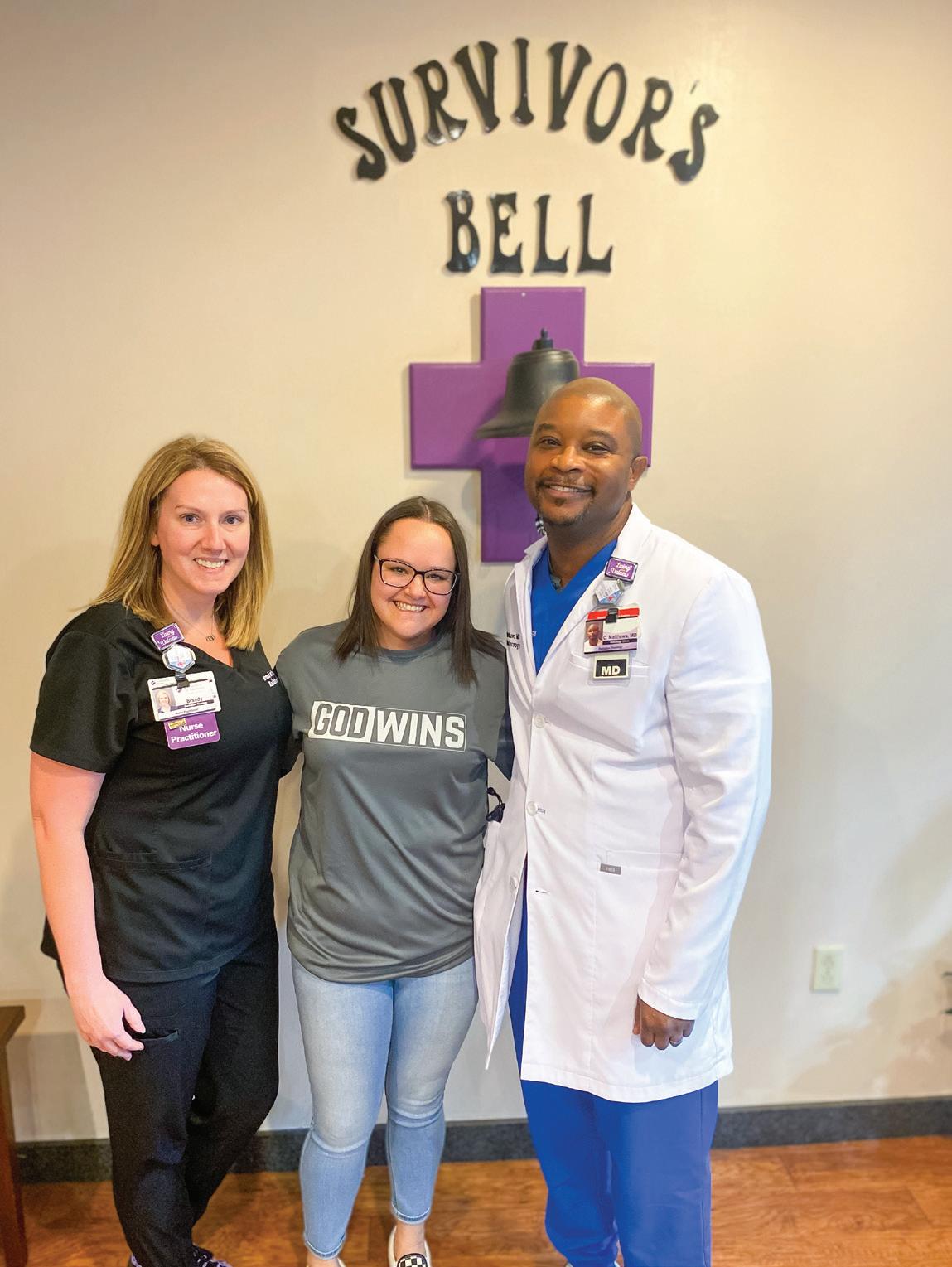
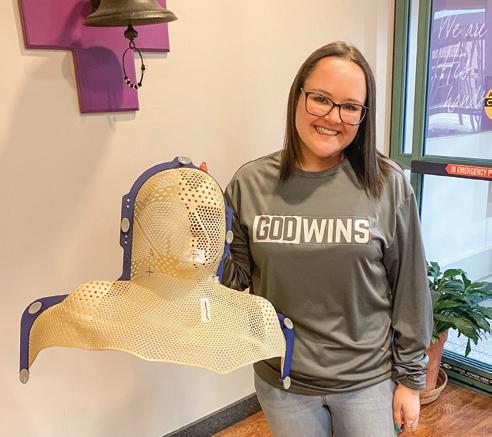
On February 19th, 2025, Emma completed all 33 rounds of treatment and rang the bell, celebrating the end of her treatment. Emma credits her medical team, taking care to list each member: Thomas L. Wilson, MD; Paul Whitt, MD; Daphne Taylor, MD; nurse Crystal Lawless; Charles Matthews, MD; Nurse Practitioner Brandy Smith; and Scott Kohlert, MD. These are the names that Emma has carved into her heart, as they helped her through her diagnosis with an effective treatment plan, offered support at all hours, and helped her get treatment as soon as possible. “You do not have to go far away to the [bigger medical institutions] to receive exceptional care,” she said.
After a precautionary tonsillectomy this summer, Emma was told there was no more evidence of disease. “I am back to myself, teaching full-time, and enjoying all the little things in life,” she said. Her cancer experience also strengthened her faith. “Without trust in God, I would not be where I am today,” she said. “I grew closer to God during my time of cancer.” In the wake of her cancer, Emma Grace and a friend have since formed a women’s Christian support group, called Rooted & Radiant.
After completing her cancer treatment, Emma finished school and gained her Texas teaching certification. “I am excited to get my first year of teaching under my belt,” she said. Emma is currently employed at Wake Village Elementary School, where she teaches fifth grade English language arts. She is looking straight ahead, toward a bright future. “I am looking into getting my master’s degree in educational leadership in the coming years to become a principal,” she said.


by SHANE

by BRANDON SHOEMAKER
Four-year-old Bexley Crouch is growing up with a guardian angel—one who happens to have four legs, a wagging tail, and a nose powerful enough to outmatch medical technology. His name is Harvey, and he is a loveable golden retriever who works as a diabetic alert dog. He is her safety net, medical partner, shadow, and of course, best friend.
Bexley was just a 1.5 years old when her mother, Christina, knew something wasn’t right. “I could just feel that something more was wrong,” she recalled. Bexley was guzzling juice and water, overflowing her diapers, and seemed unshakably tired. “I remember one day she was playing and then just fell over, fast asleep,” Christina said. Doctors at first chalked the symptoms up to ordinary toddler behavior, but Christina instinctively knew something more was at play.
Christina took Bexley to the doctor repeatedly, with no improvement in her symptoms. After voicing her suspicions multiple times, she finally took matters into her own hands. “I kind of demanded. I told them, ‘Just check her blood sugar.’” Her instincts were precisely right: with a reading of over 400mg/dL, Bexley was falling into diabetic ketoacidosis, an emergency complication of diabetes that can lead to death. Since her condition was so dire, Cook Children’s Medical Center transported her and her mother via private jet to their main campus in Fort Worth, where they were able to stabilize Bexley.
After the fog of adrenaline settled, Christina finally had a definitive diagnosis for her daughter. Bexley had Type 1 diabetes, a lifelong autoimmune condition that requires constant monitoring and immediate action when blood sugar veers too high or too low. That diagnosis began a new chapter in the Crouch family’s life—one marked by finger pricks, glucose monitors, unexpected alarms, and a lingering fear that a sudden drop or spike could turn dangerous in an instant.
Managing Type 1 is a round-the-clock job, and for a toddler, it can be especially overwhelming. Enter Harvey.
Harvey’s superpower is his sense of smell. Trained by Bowen Elite Service Dogs of Idaho to detect the subtle chemical changes in the body when blood sugar shifts, he alerts Christina with precision and persistence. Sometimes he nudges her hand with his nose; other times, he jumps into her lap with his front paws to make sure she cannot ignore him. In fact, during their interview for this story, Harvey jumped up into Christina’s lap while Bexley sat across from her, alerting a drop in Bexley’s glucose level. After a quick finger prick, her monitor confirmed what Harvey had already detected.
This was no fluke. Often, Harvey signals a change in Bexley’s levels before monitors and devices catch it. For the Crouch family, that’s not just impressive; it’s lifesaving. Harvey is especially vital in moments when technology falters or just isn’t possible, like at bath time. Bexley’s continuous glucose monitor does not work in water, and her insulin pump has to be removed, as it is not waterproof. That used to leave her vulnerable. Now, Harvey sits nearby, nose working overtime, alerting Christina if trouble is brewing. “Pool time used to be pretty scary,” Christina said. “But now, Harvey can alert me if anything is wrong.”


Still, Harvey is not just a medical tool; he is woven into the fabric of Bexley’s childhood. She dresses him up so they can match outfits, strokes his snout gently to show her affection, and loves to play hide and seek with him. “Harvey loves kids, so we knew a family with littles would be the perfect fit,” said Stephanie Bowen of Bowen Elite Service Dogs. She has been training service dogs for almost six years, so she knew just how to recognize the right dog for Bexley. The bond between the two is equal parts tender and practical: he guards her health, and she gives him unconditional love.
During their interview, the connection was impossible to miss. Bexley, proudly holding up four fingers to show her age, grinned as Harvey sat close by, attentive to her every move. If it weren’t for Harvey’s service animal harness (albeit adorned with strawberries to suit Bexley’s style), an observer would assume this was any typical girl and her dog. But theirs is an extraordinary partnership—one that turns a frightening medical diagnosis into something manageable.
Like any working professional, Harvey faces challenges of his own. On a family trip to the mountains of Tennessee, a booming storm overhead rattled him badly. The loud thunder left him afraid during storms,
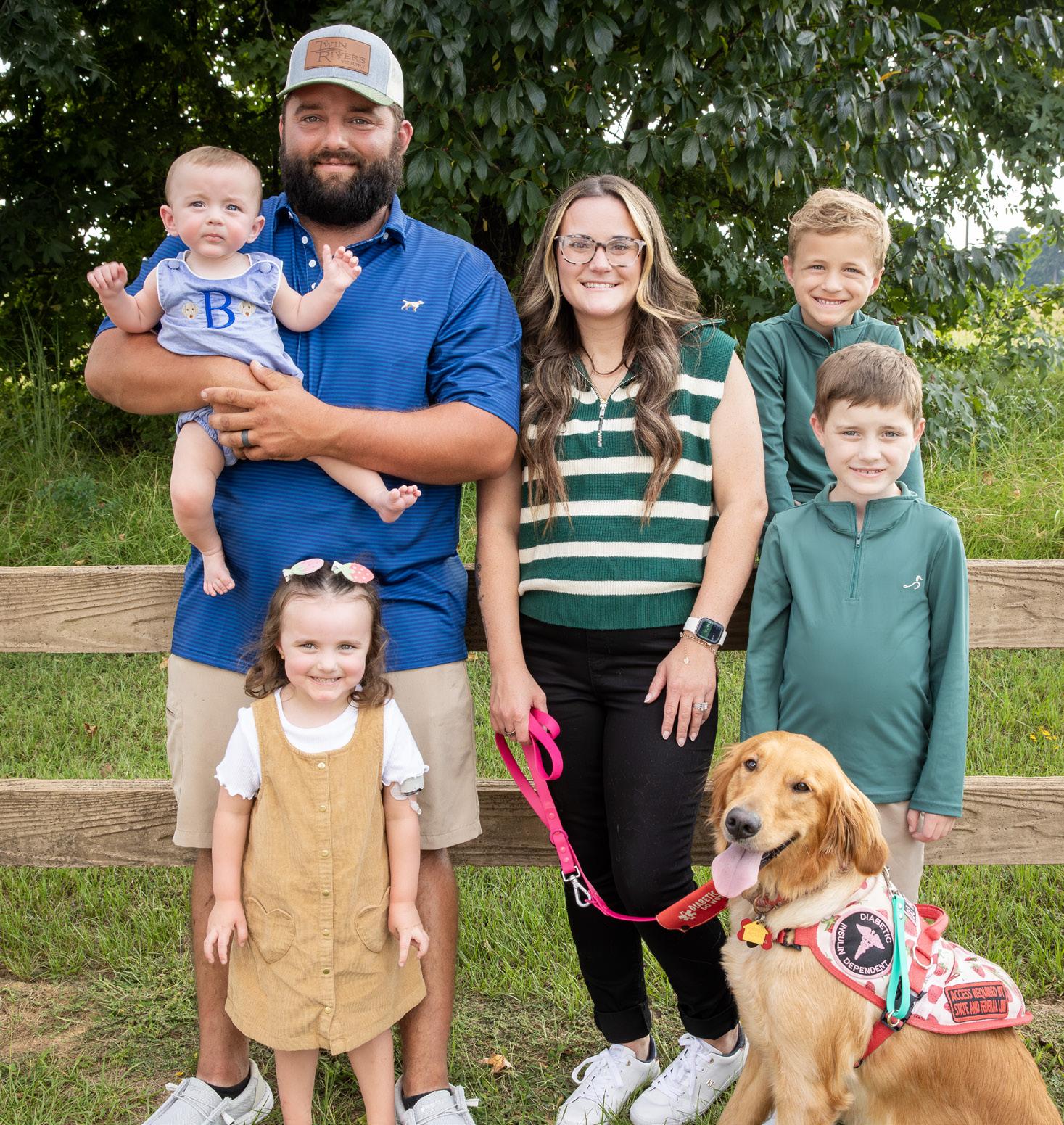
by SHANE DARBY
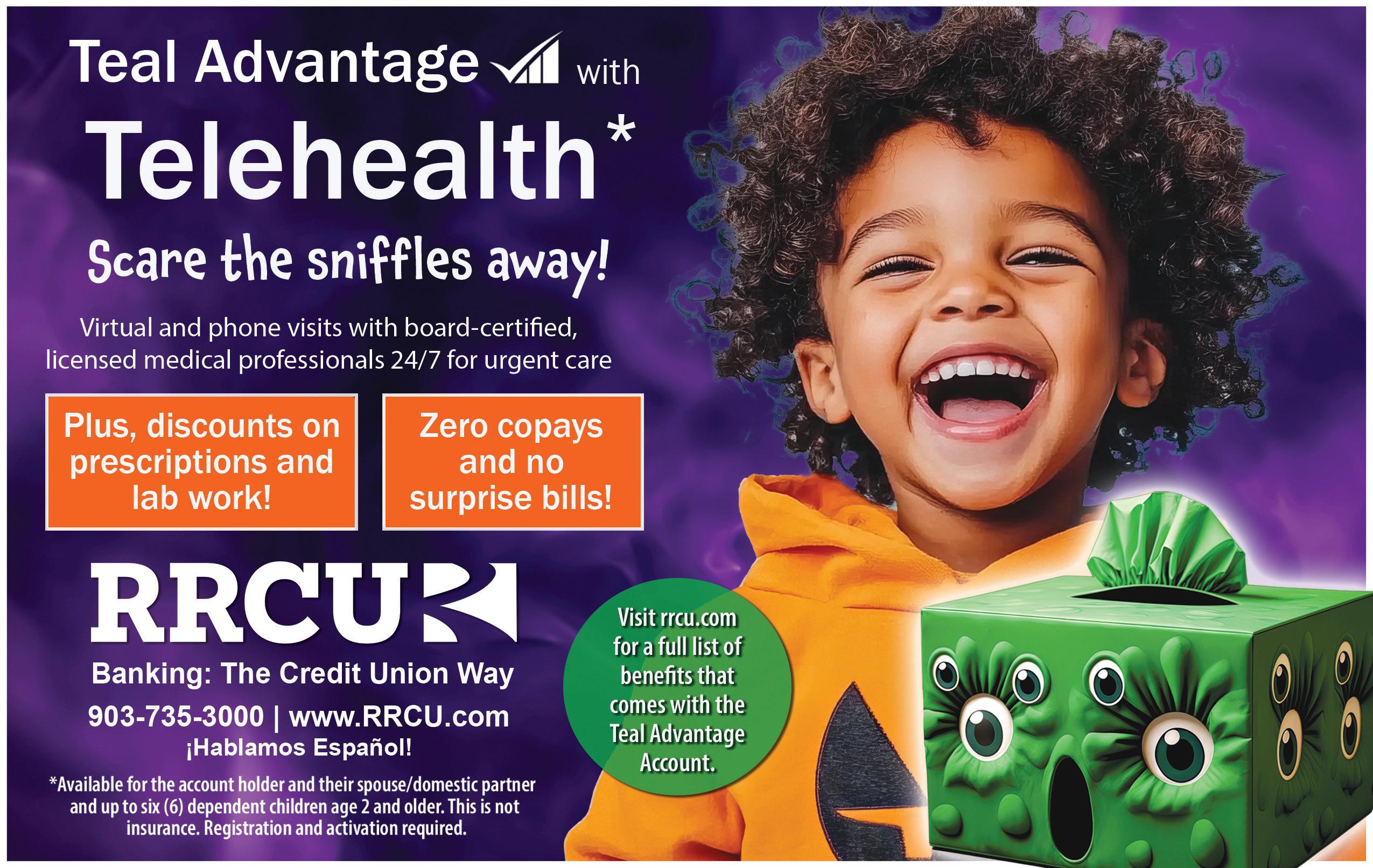


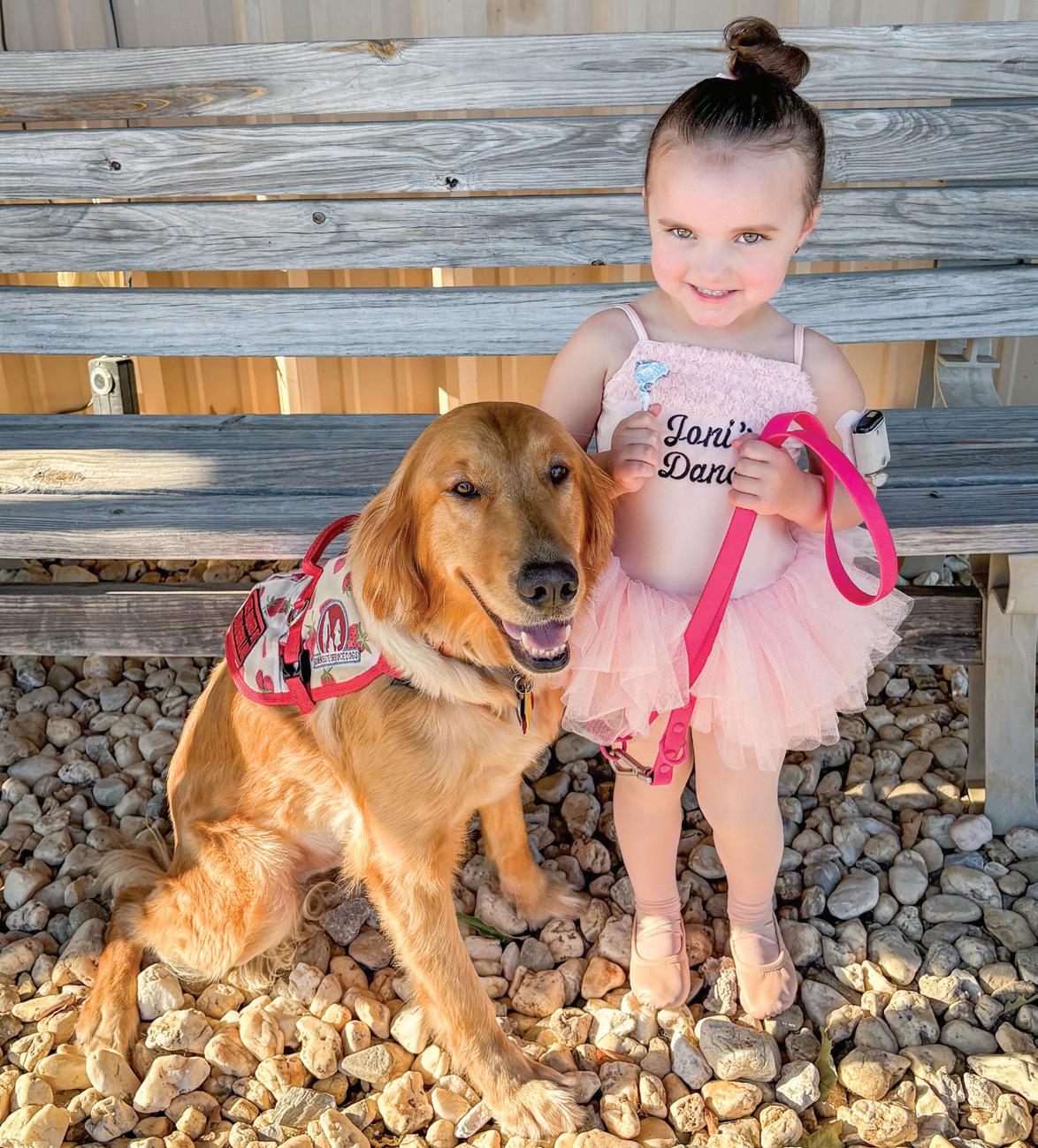
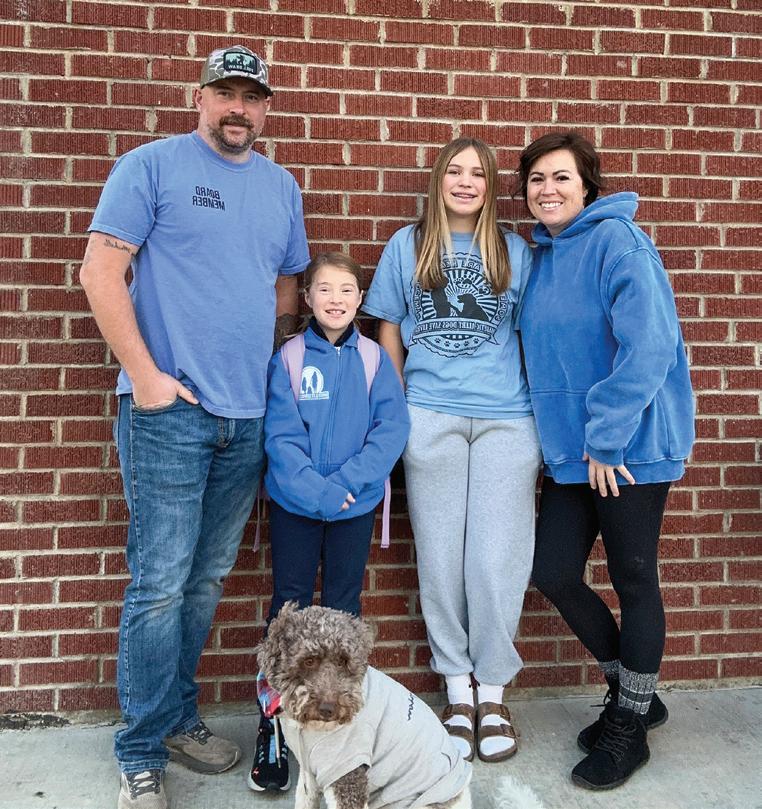
but Christina wasn’t worried. Bowen Elite’s motto is “trainers for life,” and Stephanie has already stepped in to help him regain confidence. She came to town recently for a few days for some additional training, specifically targeting Harvey’s fears, to which he has already shown significant progress. “They don’t just hand you a dog and disappear,” Christina said. “They’re with us every step of the way.”
That support ensures Harvey remains reliable even as life throws curveballs. It also reassures Christina that she has a network behind her, something families managing chronic conditions rarely take for granted.
The Crouches are determined to use Bexley and Harvey’s story to educate others. Recently, Christina and Harvey visited the Texarkana College Nursing Program, where they introduced future nurses to the world of diabetic alert dogs. Students witnessed firsthand how Harvey detects blood sugar changes and how his alerts can fill gaps
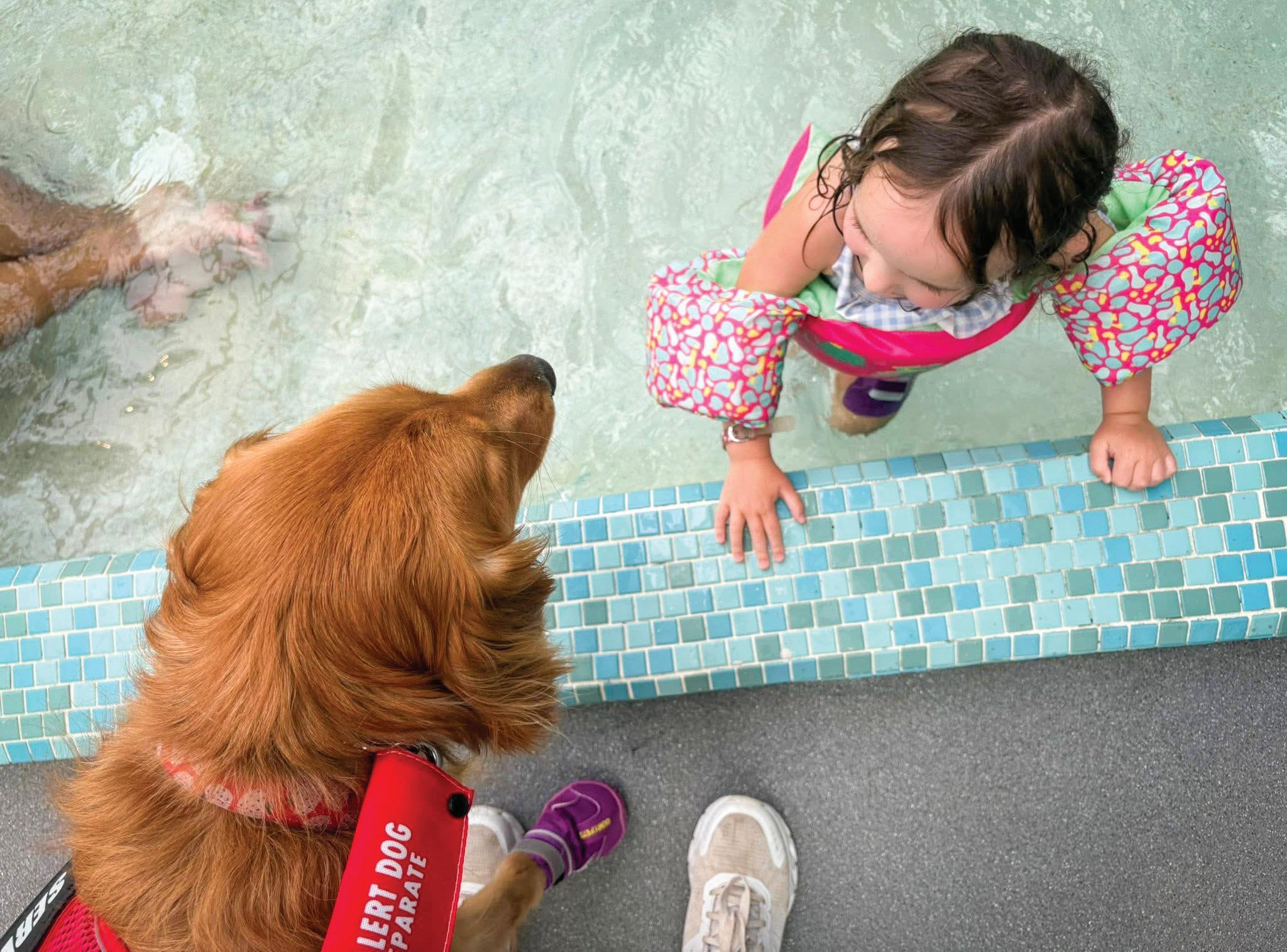

that even advanced medical devices leave open. “With everything we’ve gone through, if we can help others and raise awareness by sharing our experience, that’ll mean a lot,” Christina said.
The visit highlighted an important reality: living with Type 1 diabetes is about more than numbers and machines. It’s about finding solutions that let families breathe easier, children play safer, and parents sleep more soundly.
But as transformative as Harvey is, the journey hasn’t come without sacrifice. Training and placing a diabetic alert dog can cost tens of thousands of dollars. According to Stephanie, a dog like Harvey can cost anywhere between $25,000 and $35,000. On their website, Bowen Elite recommends that families and individuals consider fundraising options to help offset these expenses. Christina hopes that, by sharing their story, people will see not only the critical role service dogs play but also the financial realities families face in securing them.
For Bexley, Harvey is equal parts protector, playmate, and dressup partner. For Christina, he represents peace of mind in a world of constant vigilance. “It’s like I can finally take a breath,” she said. The fear that once hovered over every moment has softened, replaced by trust in Harvey’s watchful presence.
Most importantly, Harvey makes it possible for Bexley simply to be a child. Whether she’s splashing in the bath, playing hide and seek, or snuggling with her best buddy, Harvey is right there to ensure that her life isn’t defined by her diagnosis but by the joy of living it. And for a little girl who just wants to be a kid, that is the greatest gift of all.



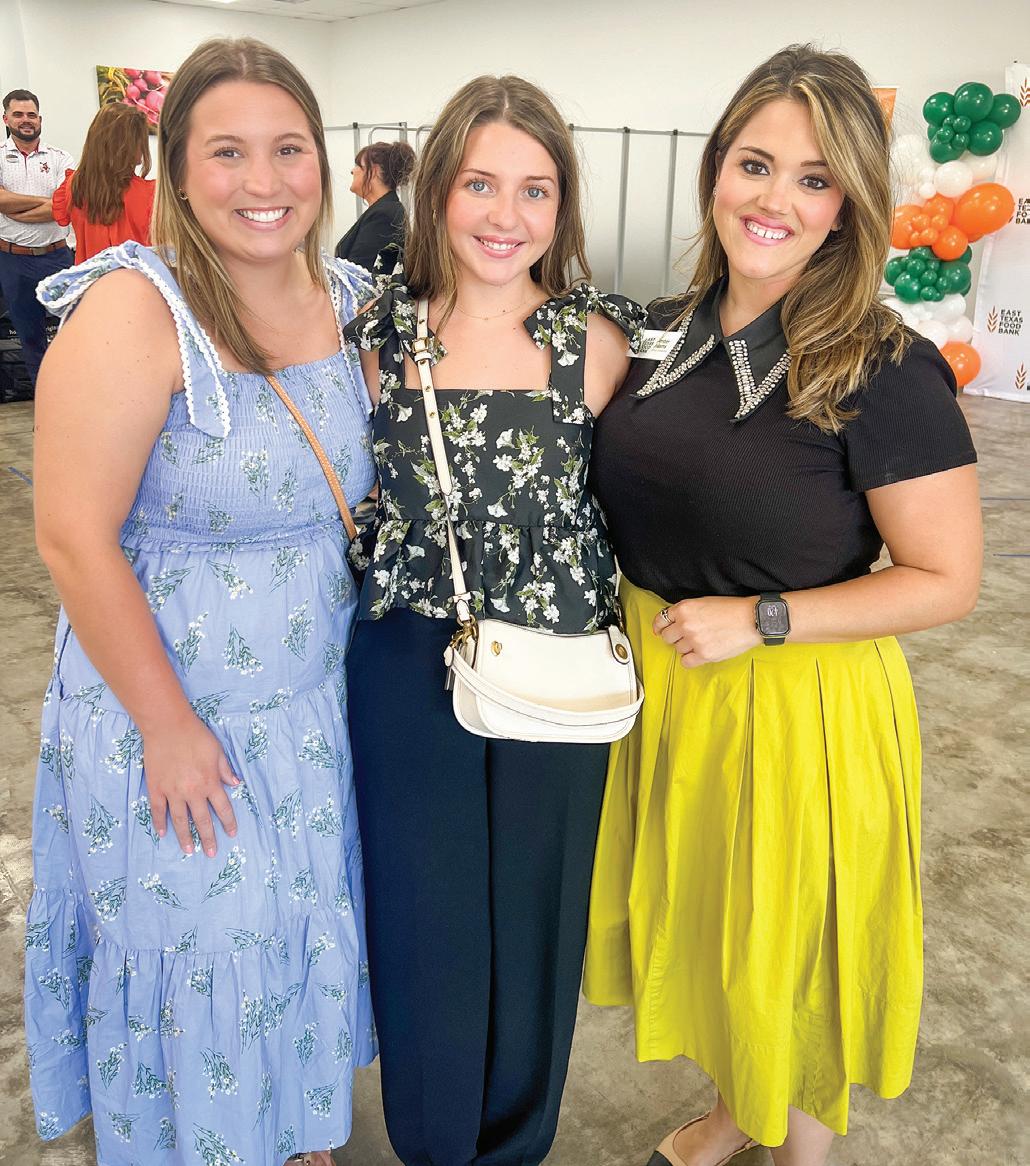
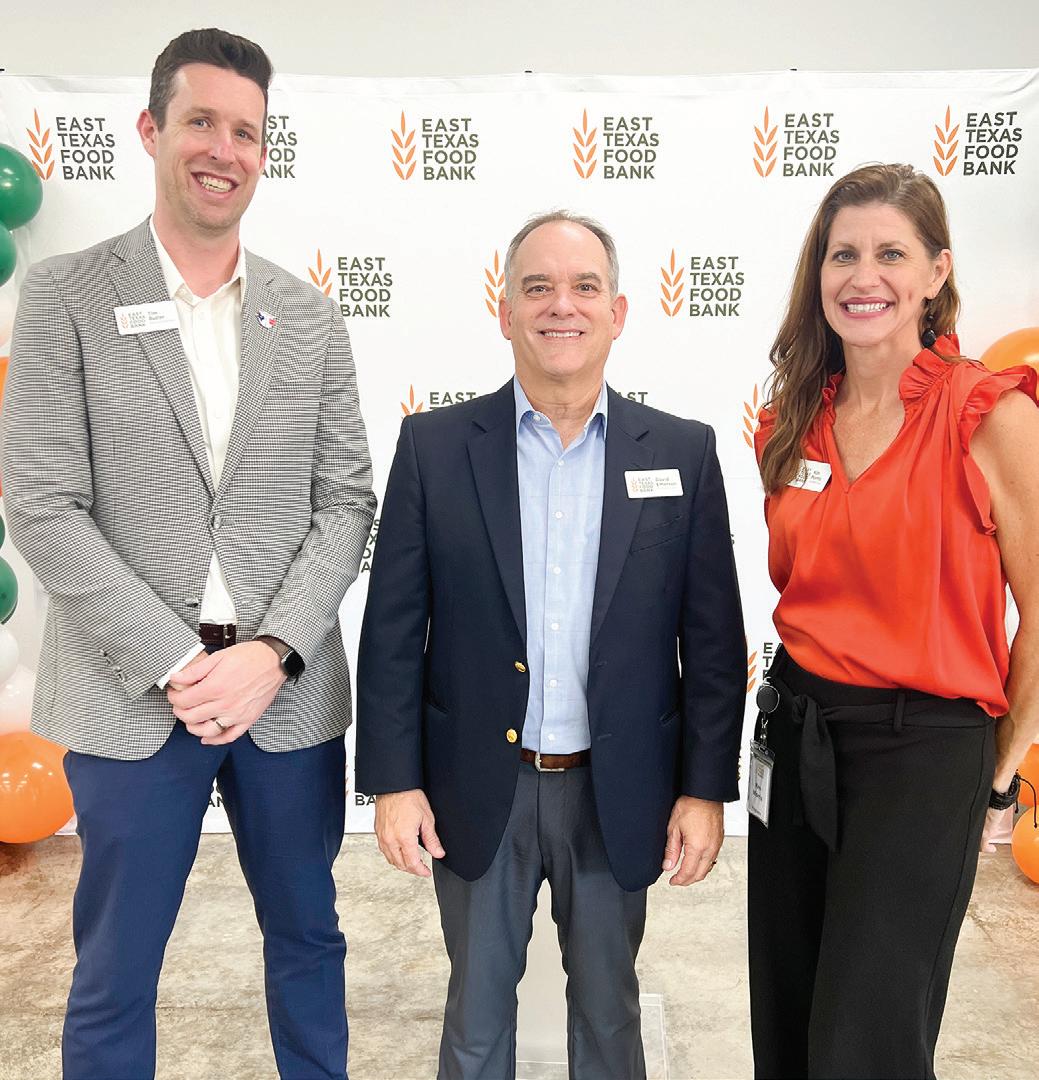

THE EAST TEXAS FOOD BANK HELD A BUSINESS AFTER HOURS EVENT AT THEIR RESOURCE CENTER ON THURSDAY, AUGUST 21ST.



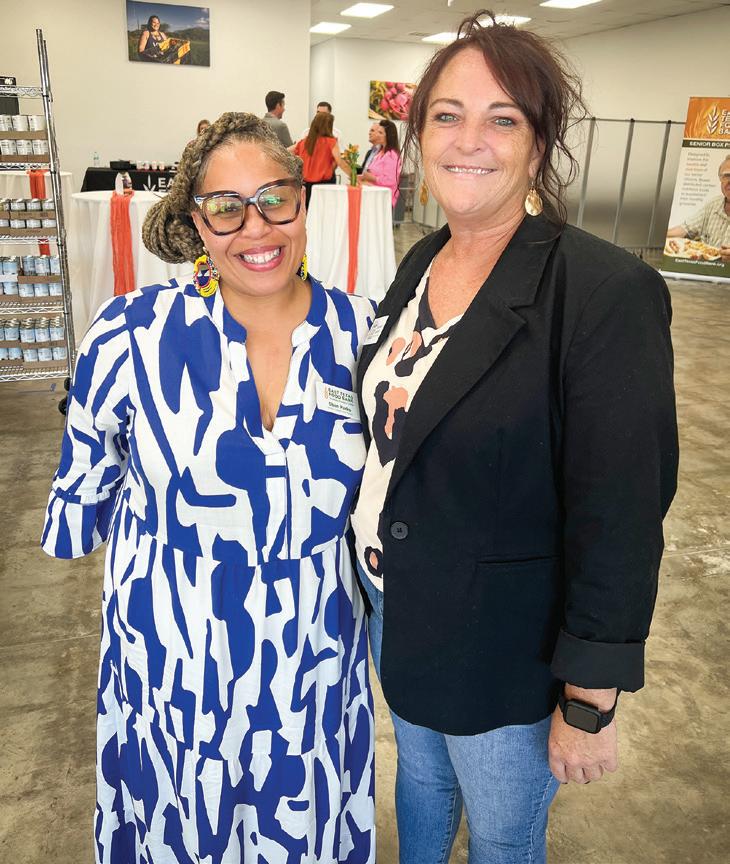


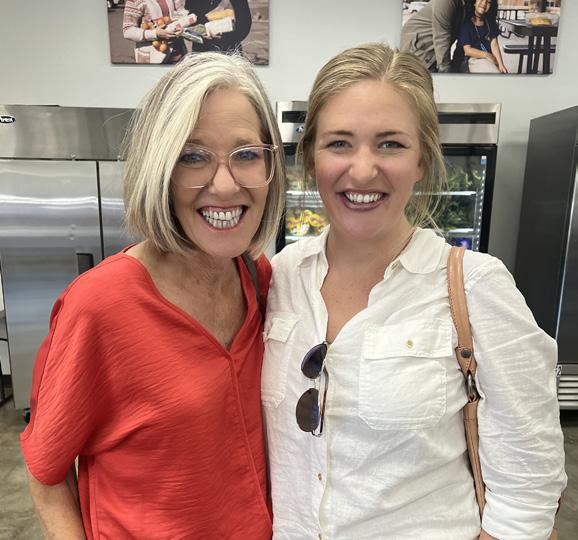
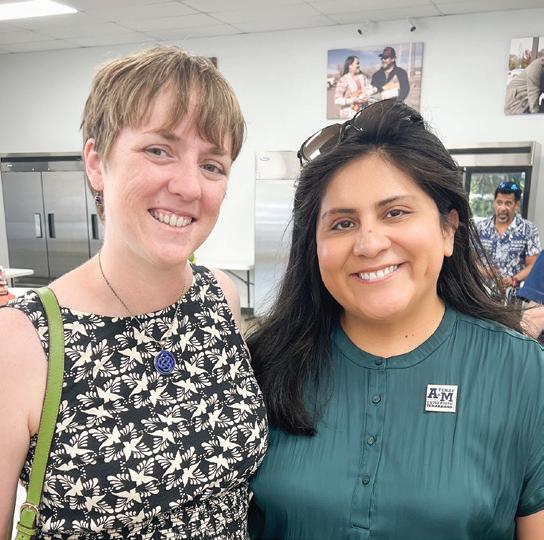





by PHOEBE WARREN
In the United States, weight dominates conversation and culture. Diets, wellness trends, and fitness regimens drive a multi-billion–dollar industry, and media often promotes an unattainable standard. Social media intensifies the pressure, and high weight is often treated as a moral failing rather than a complex issue with systemic and biological roots.
Ashley Kirby knows the toll that living in a larger body can take. For her, a turning point came at the fair with her young daughter, Adelyn. “I’ll never forget the moment that made my mind up,” she said. “We were at the fair, and my Adi wanted to ride a ride. She didn’t care about mama’s size. All she knew was she didn’t want anyone but her mother to ride with her. Of course, we had her dad, or even other kids that could hop on, but I’ll never get that chance back. I sat on the sideline and watched someone else take that memory. I decided then it would not happen again.”
Ashley’s daily life was difficult. Getting off the couch required help, and playing tag lasted only a few steps. Beyond the physical struggles, she constantly felt diminished. “It was always, ‘You’re pretty—for a big girl.’ I could never just be pretty,” she said. That pain led to bouts of depression and guilt as a mother.
Ashley tried diets, workouts, and even appetite suppressants without success. She eventually decided on gastric bypass surgery. Her husband, Tyrone, fully supported her. A small circle of family and friends rallied behind her, too. But insurance denied coverage, so she researched clinics abroad and chose a facility in Tijuana, Mexico.
To qualify, Ashley had to lose weight. She began exercising with short walks and then joined a local nutrition and fitness group. Unlike her experiences in traditional gyms where she had felt judged, this group
gave her encouragement. She steadily increased her efforts until she shed the required pounds.
The week before surgery, she followed a strict liquid diet. Ashley admitted to one slip. “I called it my ‘food funeral,’” she said. “I ordered from multiple places and then realized I had an unhealthy relationship with food. That’s where I drew the line.”
In February 2020, Ashley boarded the plane to Mexico and underwent gastric bypass surgery. Recovery was grueling. Gas pains made walking—already difficult—necessary. She also feared failure; when she learned that a “surgery sister” had regained the weight she had lost, Ashley worried about her own success. But Ashley pressed forward, adjusting her eating habits and continuing exercise. “I ate the same things, just way smaller portions,” she said. Soon she was completing full workouts. The pounds dropped—over 200 in total.

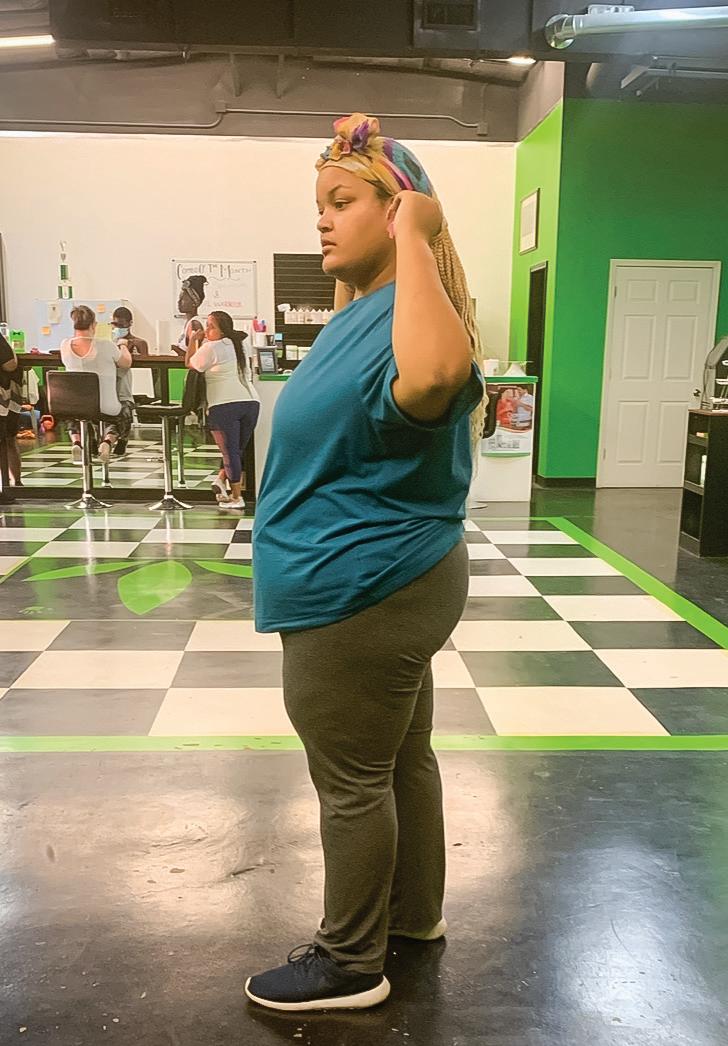

“
Start small. Take a walk outside. Don’t feel like it has to happen overnight. Give yourself grace.
”
But massive weight loss brought a new challenge: loose skin. “I had so much extra skin on my stomach that I would get rashes. They hurt so bad. I just wanted relief,” she said. Insurance again refused coverage, so Ashley again sought help abroad.
She found Dr. Australia Baez, a plastic surgeon in the Dominican Republic, who recommended a tummy tuck and Brazilian butt lift to remove more than 15 pounds of skin and reshape her body. Recovery was agonizing, but the results stunned her. “I didn’t believe it when I looked in the mirror,” she said. “It was me: Ashley.”
The new body came with complicated emotions. Compliments felt bittersweet. “It confirmed the pretty girl was there all along, waiting to be acknowledged for something other than her weight,” Ashley said. She also developed body dysmorphia, obsessively watching the scale. “I still



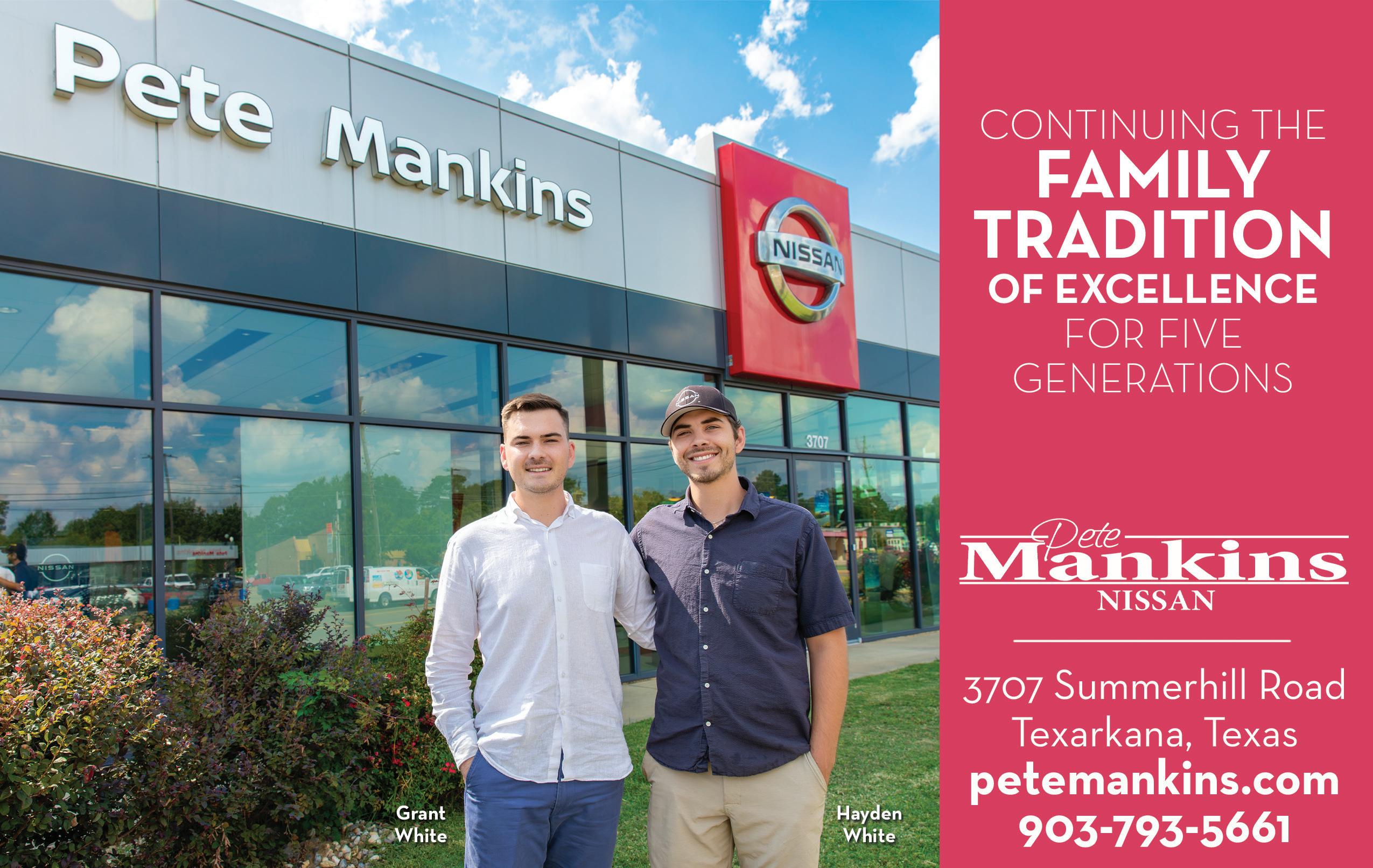
sometimes see that girl crying on the couch because it was hard to get up.”
Ashley jokes that, if she ever becomes a millionaire, she’ll remove the rest of her loose skin. For now, she is learning to accept her body. “One day I’ll wear shorts, even if everyone can see the saggy skin on my legs,” she declared.
What keeps her grounded are the moments she longed for from the start. “I finally got to ride that ride with my baby girl,” Ashley said. “I can play outside, swing, and go down a slide. I’m thankful to do things I never could before.”
Ashley avoids focusing on weight in front of Adelyn.“She just knows mama can ride the rides, run to the car, and do more stuff with her,” Ashley said.
She also stresses that a person’s appearance or body image should not define their self-worth. “You are enough as you are. You are exactly who God made you to be. Your self-worth is based on who you are and what you do,” she said. To others facing weight struggles, her advice is simple: “Start small. Take a walk outside. Don’t feel like it has to happen overnight. Give yourself grace.”








IDARBY
n 2023, Jennifer and Trey Cole found themselves entering a new season of life. With all five of their children out of their home and venturing into the big, bright world independently, the couple felt it was time to lay a new foundation for their next chapter. Together, they embraced the challenge of building their dream home. “My husband was a framing contractor for nearly 25 years before he changed careers and went to work for the postal service,” Jennifer said. “He built our mother-in-law’s house just before COVID, which we eventually lived in while we built our home.”



The couple began construction on their new home in July 2023. Although Trey broke his heel just as the process started, they kept working and were able to complete the build in February 2025. Jennifer is proud of how she and Trey worked together, combining their talents to create a functional and personalized space. “My husband drew the house plans with my input on how I wanted the interior design laid out,” she said. “I created a recessed space just for his grandmother’s piano, a nook in the bedroom for my desk, an area in the pantry to hold a second refrigerator—little custom touches like that. Other design elements such as moldings and trim were a combination of both of our ideas. I can draw out what I want or Google idea pics, and he can execute it. He is an amazing carpenter.”










The result of their hard work is a 3-bed, 2.5-bath beauty, with a clever rationing of the 4,600 square footage available. Downsizing their bedroom count allowed the couple extra space to add a large pantry, a luxurious primary bathroom, and an enviable closet in the primary bedroom. They also added a 2-bed, 1-bath “fatherin-law cottage” attached to the carport, which separates the two buildings.
Trey and Jennifer happily give credit to a few local businesses whose expertise helped with some of the home’s details. “Aaron with The Carpet Shoppe helped us with all of our flooring, bathroom tile and backsplashes,” Jennifer said. “Our fave is the leopard carpet in the master closet.” They are thankful to Pace Glass, explaining that they went above and beyond on their shower glass, ensuring the glass panels were a perfect fit. Jennifer also gave credit to Ashley at Alpha Stone TXK, who patiently worked with the couple on choosing the perfect quartz countertops in their home.
Jennifer Cole is a skilled wedding decorator in the Texarkana area. However, when it came to decorating her own space, she felt a little extra pressure. “I have spent years doing interior decorating for people,” she said. “Decorating my own house was a challenge though. I second-guessed myself so many times that I actually entertained the idea of hiring a decorator, but I stuck with it until I was happy with the end results.”


Jennifer described the home’s interior design as a blend of traditional and eclectic. Traditional interior design is characterized as a timeless, classic style rooted in 18th- and 19th-century European aesthetics, prioritizing elegance, rich wood tones, detailed millwork, and a sophisticated color palette of muted neutrals and jewel tones. Eclectic interior design, on the other hand, is defined by being highly individualistic, allowing homeowners to incorporate pieces with personal meaning that reflect their unique tastes and preferences. It boldly combines a variety of elements, colors, and textures. “My decor is primarily original pieces that I have collected over the years from antique stores and resale shops,” she said. “I’m passionate about vintage oil paintings, old books, and furniture pieces. But I love to mix in newer, more modern elements to contrast with them.”







Several pieces of commissioned artworks from Kathy Couch, as well as some exceptional antique pieces from Olive Street Vintiques, create the atmosphere of sophistication and warmth prevalent throughout the space. Carefully selected furniture pieces and a color palette of deep greens, golds, and earthy tan hues also contribute an air of cozy charm. With abundant personality and expert craftsmanship, this new home sets the stage for Trey and Jennifer’s future, one in which they always have a special place to call their own.



CASA AND THE TEXARKANA CHILDREN’S ADVOCACY CENTER HELD THEIR 20TH ANNUAL SONGWRITERS ON THE EDGE OF TEXAS CONCERT AT NORTHRIDGE COUNTRY CLUB ON SUNDAY, SEPTEMBER 21ST.

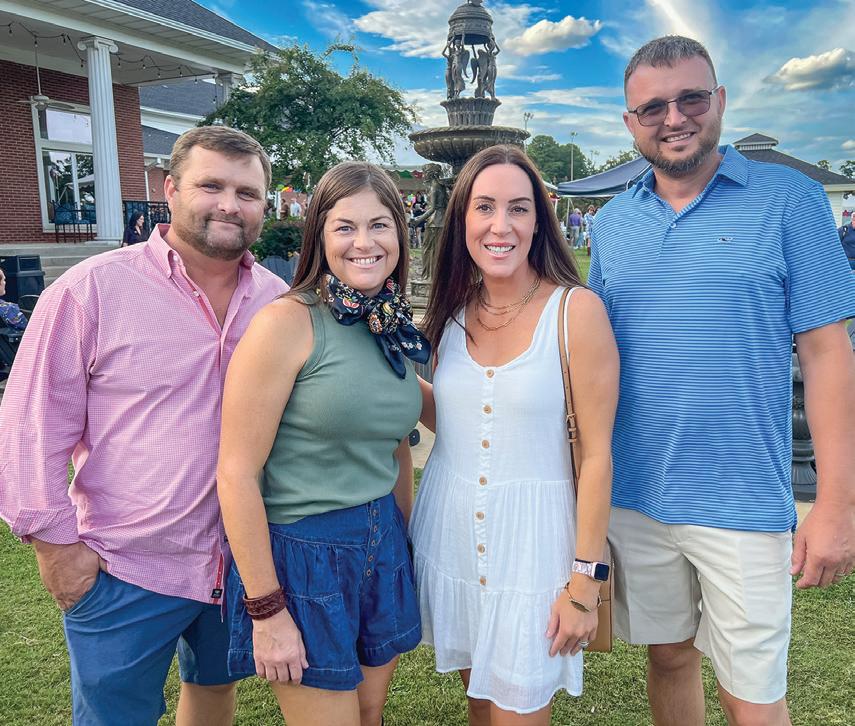

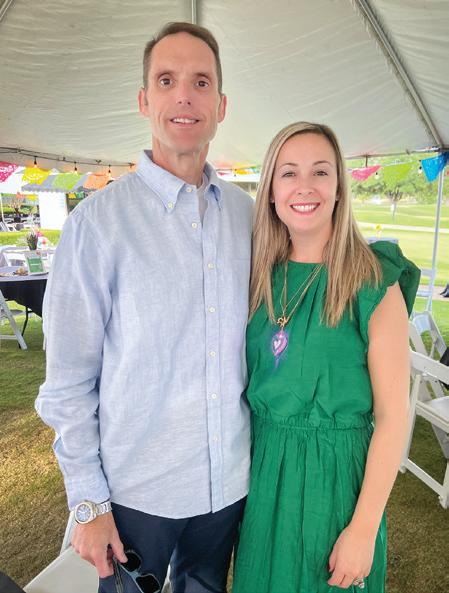

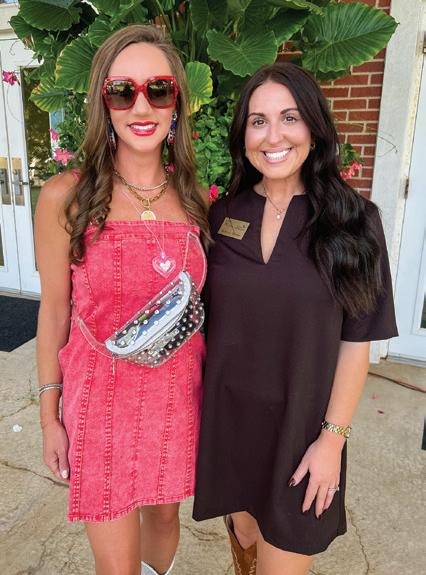

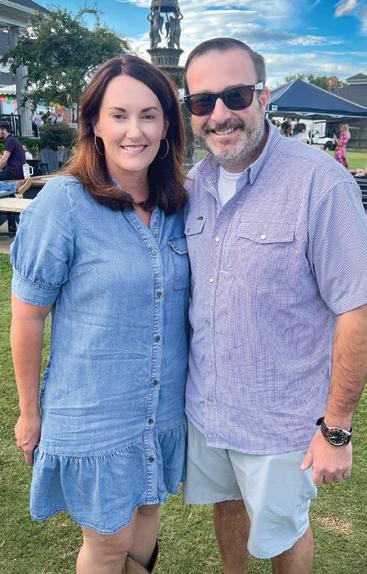
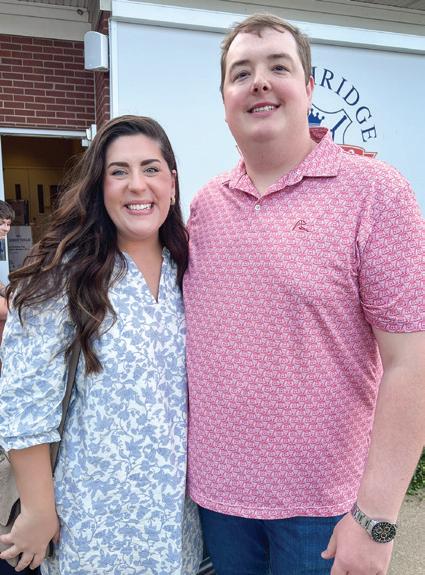
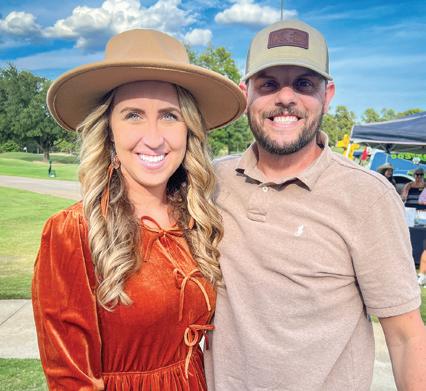
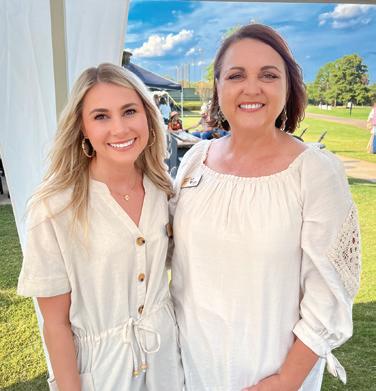

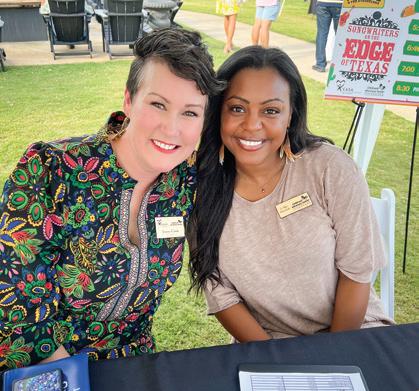

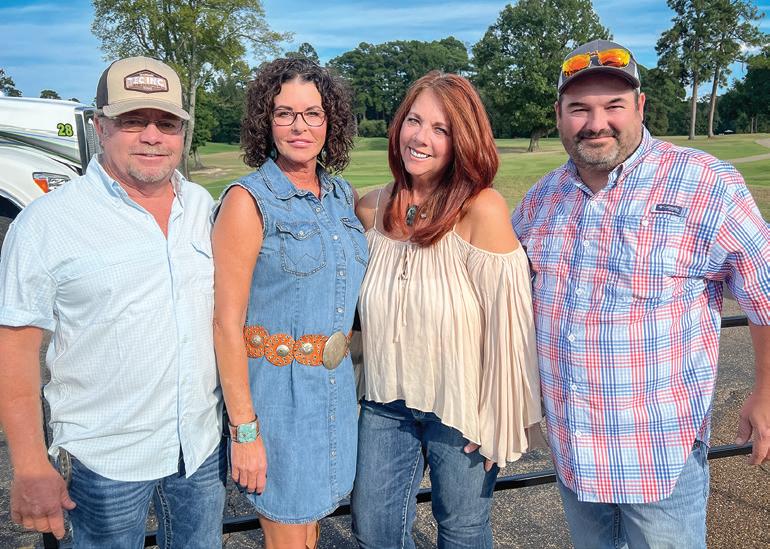






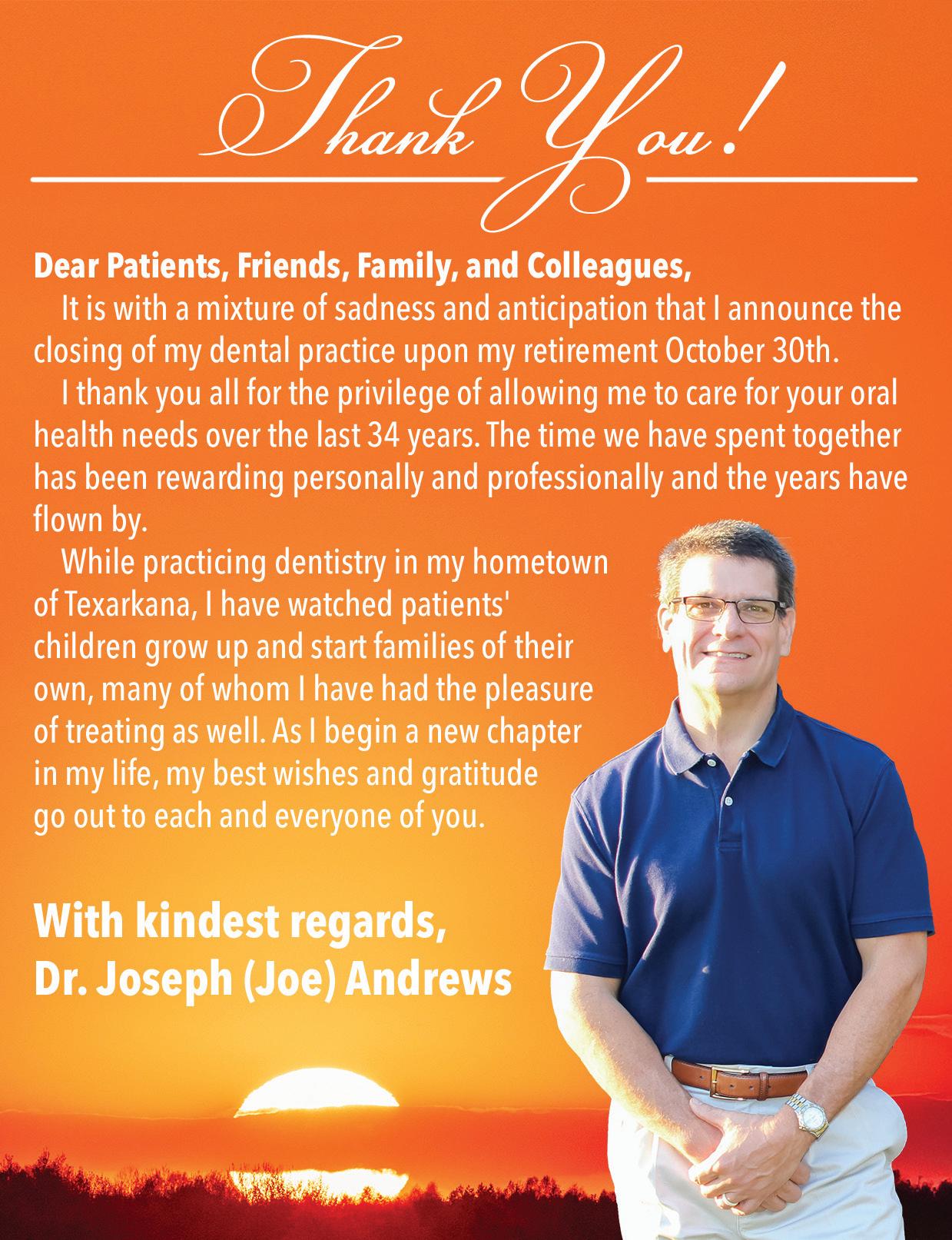
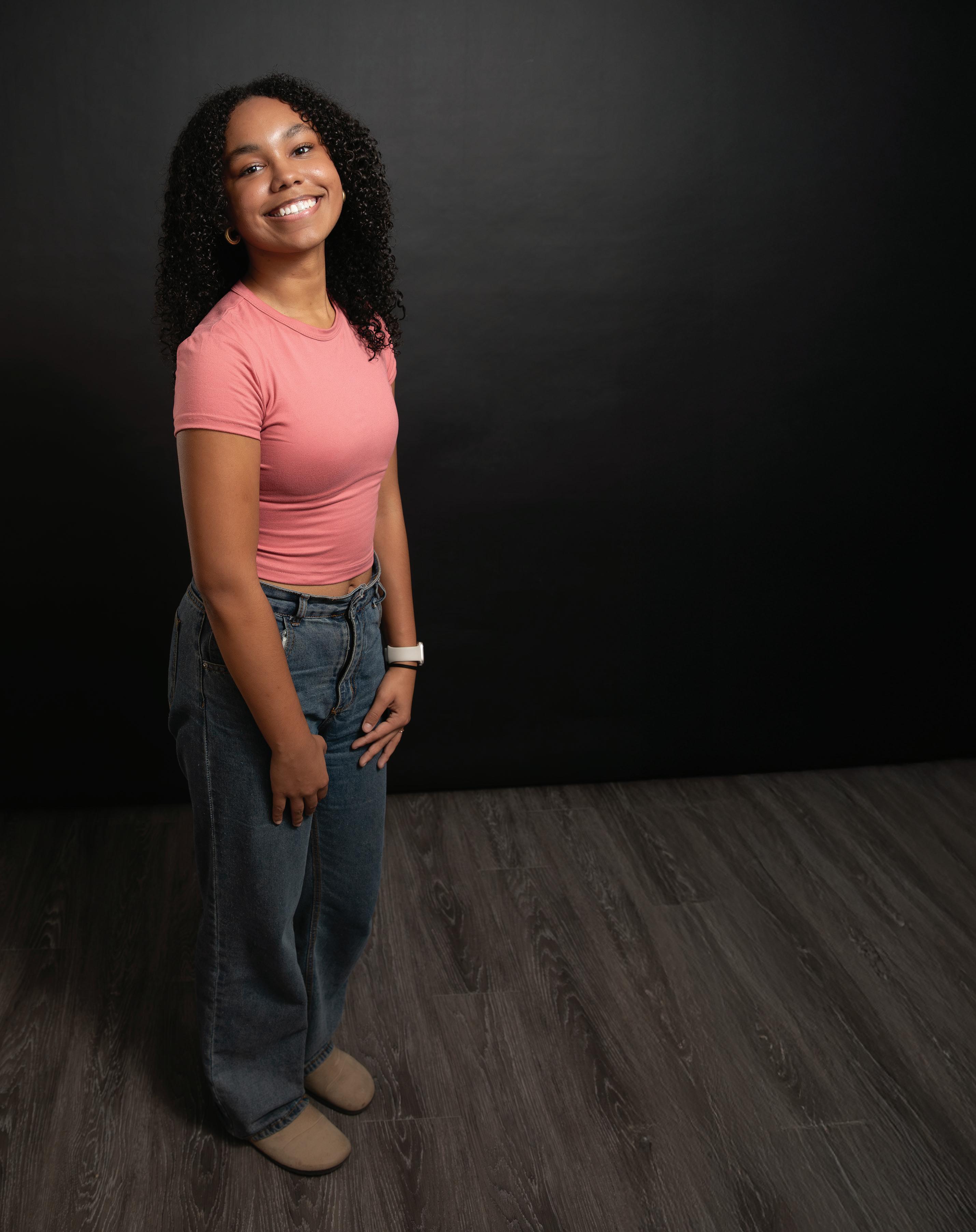
by ABIGAIL GOLD
t’s in the places where people find community that they feel inspired to better their skills. Nevaeh Marshall, a senior at Texas High, is quite familiar with this concept.
“I started doing theatre because I had actually just moved schools,” Nevaeh said. She had moved from Texarkana to Georgia and wanted to make friends in her new school. To accomplish her task, she joined the school production of the musical Annie. She found that she enjoyed her new hobby just as much as the friends she found through it. By the end of her sophomore year, she was moving back to Texarkana, ready to take on her new school with the help of the theatre department.
“[Our other students] were so excited to meet her,” said Mikenzie Burns, assistant theatre director at Texas High. “It was just like she fit right in, like a puzzle piece almost, like we had a piece of our company missing that we didn’t even know.” Nevaeh made new friends quickly and continued to push herself. As time went on, she got better and better at acting and singing, and she still works hard to improve.
By the second week of her junior year, Nevaeh had already picked a song to compete with in the International Thespian Festival. “ITF is kind of like for your self-improvement, I guess; you’re not getting compared to other people,” she explained. She wanted to hear the feedback of different judges so she could grow as a performer. She chose to perform the song “Still Hurting” by Anna Kendrick, which is featured on the soundtrack of The Last Five Years. The song is emotional and heavy, making it strenuous to sing and difficult to perform. However, Nevaeh faced the challenge head-on.



She worked with Ms. Burns whenever she could. Not only was she spending her free time at school rehearsing, but she was also singing constantly at home to improve her performance. Eventually, her dedication paid off.
On June 26th, 2025, all of the members of the Tiger Theatre Company who had advanced to the highest point of the International Thespian Festival received their final scores. Neveah Marshall could proudly say that she had gotten a superior rating. “I was really happy because it’s just really [an accomplishment] when you put so much time and energy into something . . . to find out that all my hard work paid off,” she said.
Nevaeh’s teachers were just as excited as she was. “It’s more of an honor to get a superior at the ITF level because it’s globally recognized,” Mikenzie explained. “[The students] also get to compete and have fun with students that love theatre.”
As they rehearsed over and over again in the weeks leading up to ITF, Mikenzie saw that Nevaeh not only had incredible talent but also a deep love for theatre. “I love being able to be on stage and share a story,” Nevaeh said. “I think theatre’s just really beautiful, and the fact that we could be an instrument to tell other people’s stories and hold other people’s voices is really cool.” Her achievements at the International Thespian Festival wouldn’t be possible without her passion.
Nevaeh Marshall went from doing theatre as a way to make friends to getting a high honor at an international festival. Her dedication to her craft is nothing short of awe inspiring, and her teachers and peers look to her for guidance as she takes her place as the Troupe 2526 International Thespian Society president. In her new leadership role, she works hard to welcome and encourage all new theatre students. She’s a person with incredible talent and dedication, and she will be a bright light for her fellow students as she makes her way through her last year in high school.



Melissa Hanneman approached her colorectal cancer journey with humor and heart
by JESSE WARREN
Life-threatening illness is a facet of reality that seems inescapable. Heart disease and cancer are the leading causes of death in the U.S. While it would be convenient to imagine these as things that come for us in old age, after a life well lived, most of us are all too aware that a person could come face-to-face with something like cancer at any point in life. When it happened to Melissa Hanneman, it almost seemed as if she’d finally met an inevitability.
“Strangely enough, my first feeling was ‘I’m not surprised,’” Melissa said when asked how she felt after receiving the news of her cancer diagnosis. “I assumed that I would face cancer of some sort eventually, and here it was. I was fairly healthy, in a good space mentally. Then, two heartbeats later, I freaked out. My emotions were all over the place.”
Melissa, age 46, is a wife of 16 years, a mother of 13 years, a Navy veteran, and a full-time real estate agent with Better Homes and Gardens Real Estate. She lives here in Texarkana with her husband, Chris, and daughter, Rylie. In March of 2025, Melissa went in for a
colonoscopy after experiencing an ongoing health issue that revealed itself to be a symptom of colorectal cancer.
While symptomatic for more than a year, Melissa was only experiencing one symptom out of many, and not one strictly associated with colorectal cancer—a sobering example of just how stealthily cancer can make an entrance into a person’s life. A colonoscopy showed an ulcerated mass, which pathology results revealed to be cancerous. Melissa consulted with a surgical oncologist at the University of Arkansas for Medical Sciences (UAMS), where she would undergo surgery to have the mass removed just eight days later.
Fortunately for Melissa, her fight against cancer, while not without its challenges, was quick, decisive, and rallied by the love and support of the people in her life. When asked if anyone played an important role in helping her through this experience, she named not only her family and close friends but also her brokerage, past clients, and even real estate agents from other offices. The outpouring of support “helped me see that I have a huge and loving village surrounding me,” she said.


In the days leading up to the consultation and surgery, Melissa remained active on her TikTok account, posting regular videos. These candid vignettes of Melissa’s life from this time show her acknowledging and processing her situation while making jokes, sharing family activities, and assuring everyone in her professional realm that she wasn’t going anywhere. In one particular video, she explains to viewers that, while it may have looked like she was making light of the situation, she was simply using humor to cope with her feelings and keep those close to her more at ease.
“I learned a long time ago that happiness is a choice,” she said. “I had to actively choose it every day, and what better way than to laugh? It wasn’t always lighthearted fun, but I wanted to keep
“ ”
I learned a long time ago that happiness is a choice. I had to actively choose it every day, and what better way than to laugh?


everyone’s spirits up. My cancer can be embarrassing or uncomfortable for some people, but I found addressing it in a humorous way helped others be comfortable with it. I mean, of all the cancers out there, I get butt cancer? Come on!”
After undergoing a low anterior resection surgery on March 28th, Melissa continued periodically updating TikTok followers throughout her four-day recovery period at UAMS. Two weeks later, she was informed that the surgery was successful and no chemotherapy would be needed. She continues to go to appointments periodically for scans and check-ups. Her recovery from the
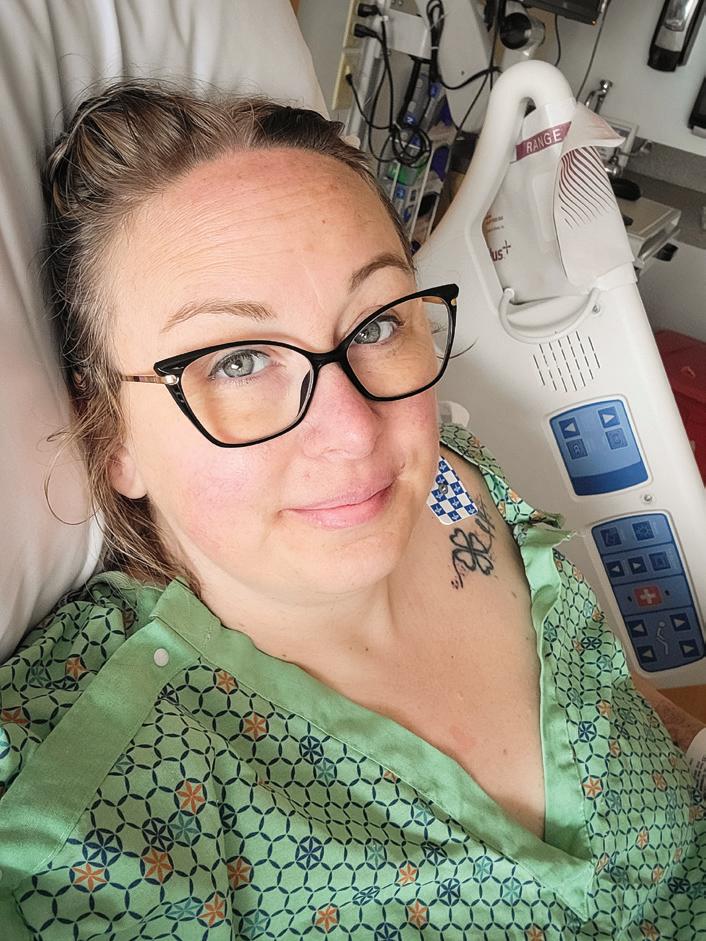
post-op recovery.
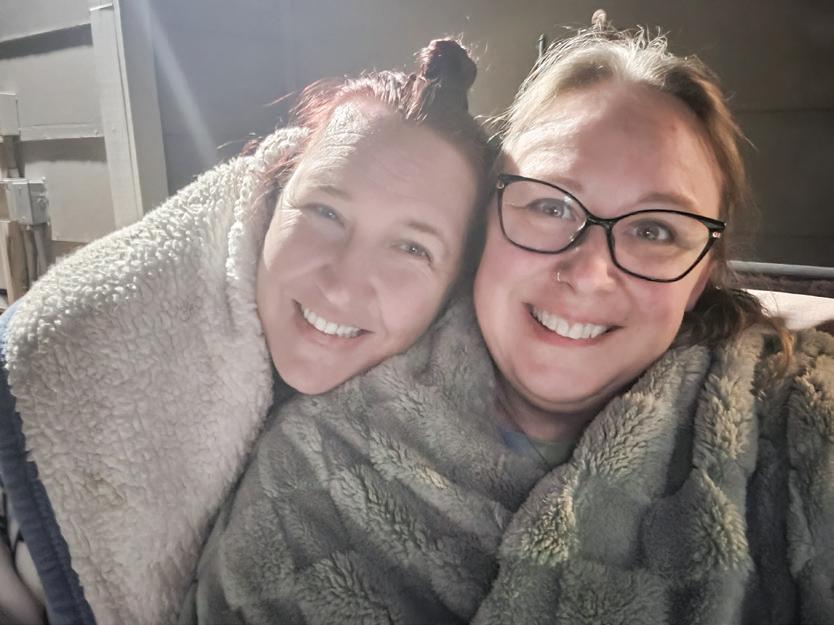
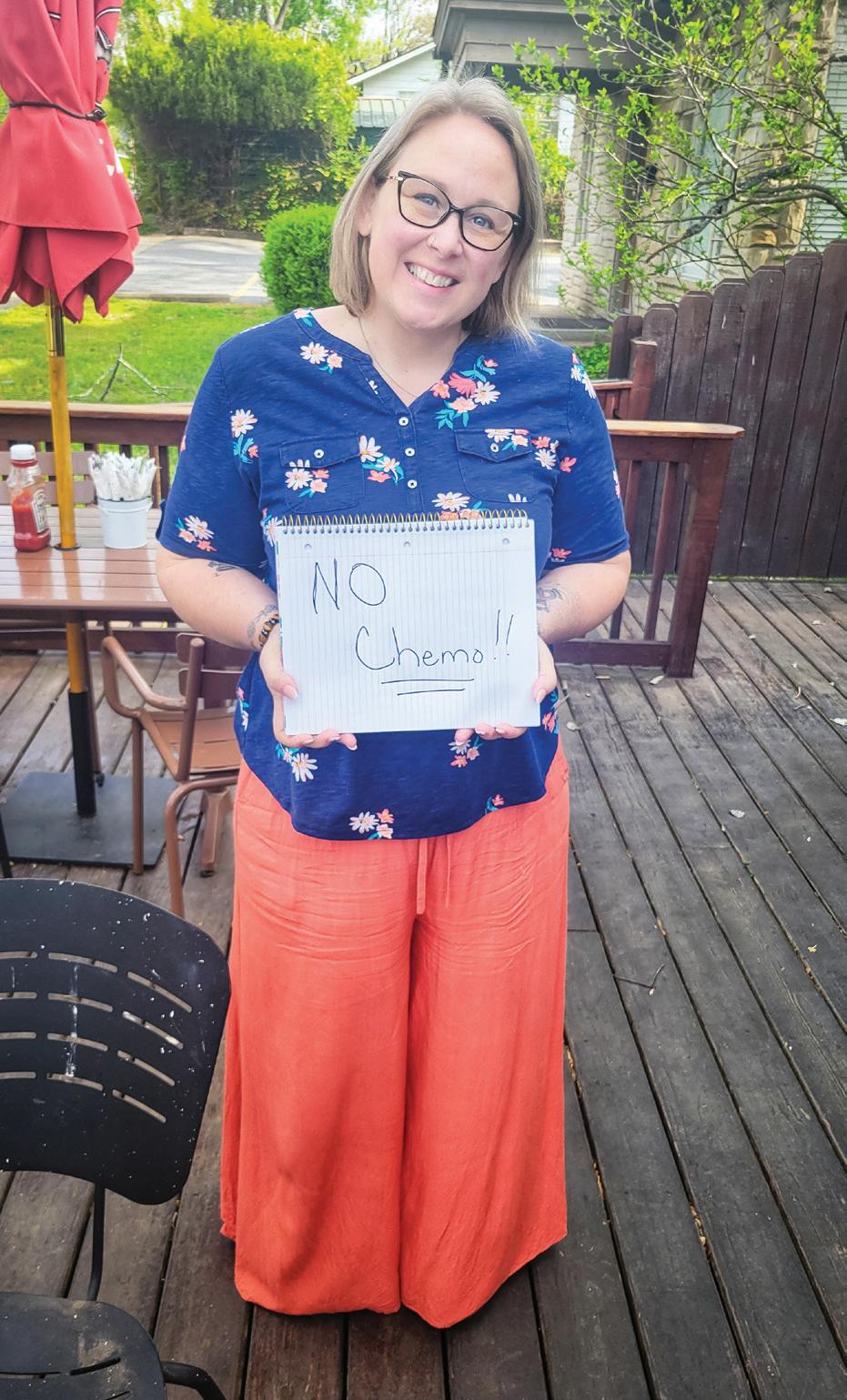

procedure is still ongoing; an ironic fact of cancer is that treating it effectively can sometimes mean inflicting more harm on yourself than the disease itself ever gets a chance to. Recovering from the surgery has been “very painful, as they cut through my abdominal muscles in multiple places,” Melissa explained. “My plumbing has drastically changed, so finding a new normal is an ongoing process.”
While that might sound like the hardest part of it all, Melissa said that, for her, it has been “feeling like a fraud because [my cancer] ‘journey’ was so short,” she said. This is understandable, given that there is no shortage of harrowing cancer stories in the world. However, no cancer journey is easy, and Melissa’s resilience and positivity while staring down her own mortality has inspired countless people, in-person and online. If anything, Melissa’s story demonstrates that not all encounters with cancer mean doom. Sometimes cancer loses, and its opponent is rewarded with a new appreciation for life and the people in it.


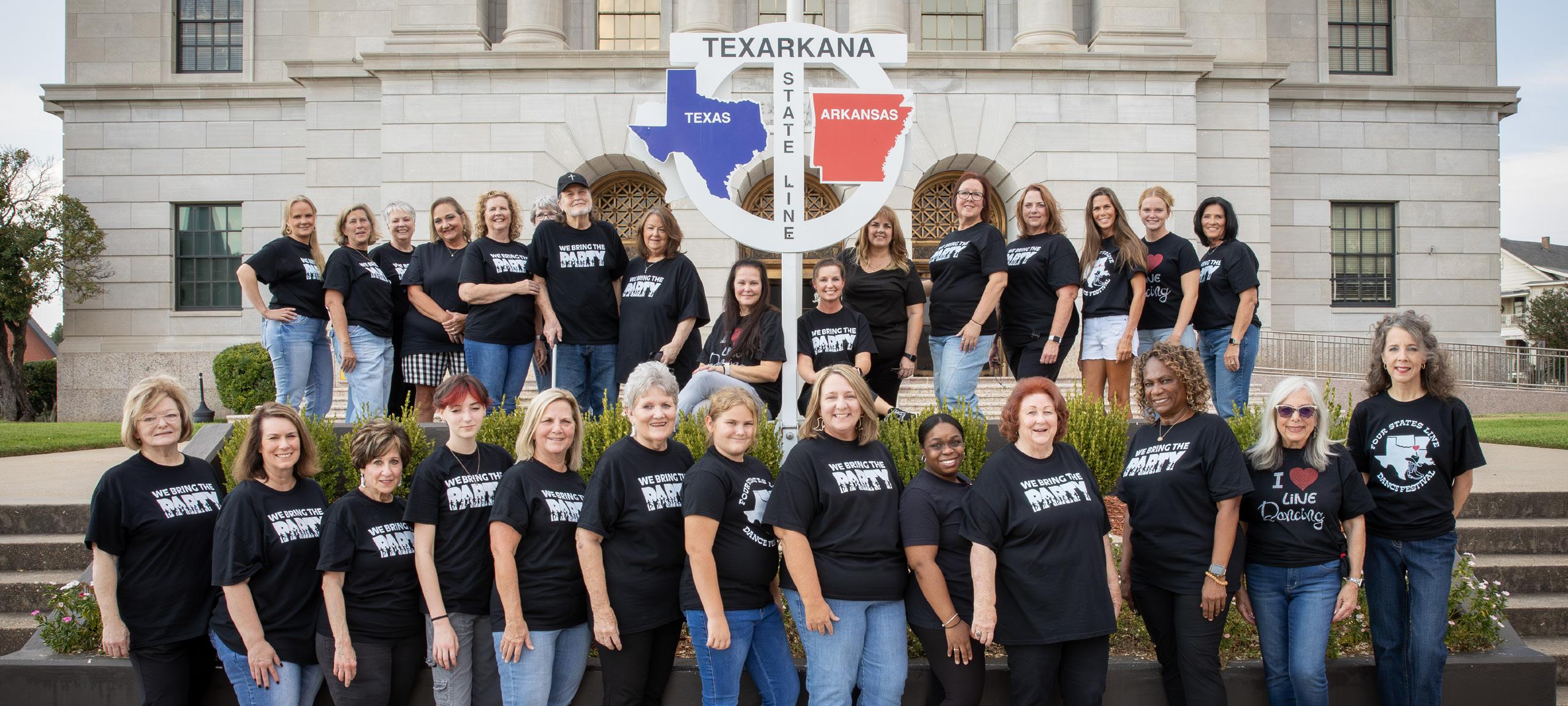
STEP IN AND LINE UP FOR YOUR HEALTH!
The Texarkana Line Dancers, founded by Ticia Clements in 2019, is a lively group meeting every Wednesday night at the Elks Lodge #2771 for fun, health, and dancing. With around 30 regular members and a welcoming, come-as-you-can atmosphere, the group dances to many music genres and offers routines for all levels. Line dancing is a great way to boost fitness and builds friendships. Classes are just $5, and new dancers are always welcome. They also host the annual Four States Line Dance Festival each March and dance at community events, nursing homes, and special programs. Find them on Facebook and YouTube.

photo by SHANE DARBY

THE TEXARKANA COMMUNITY BALLET HELD ITS AUDITIONS FOR “THE NUTCRACKER” ON SATURDAY, AUGUST 30TH.
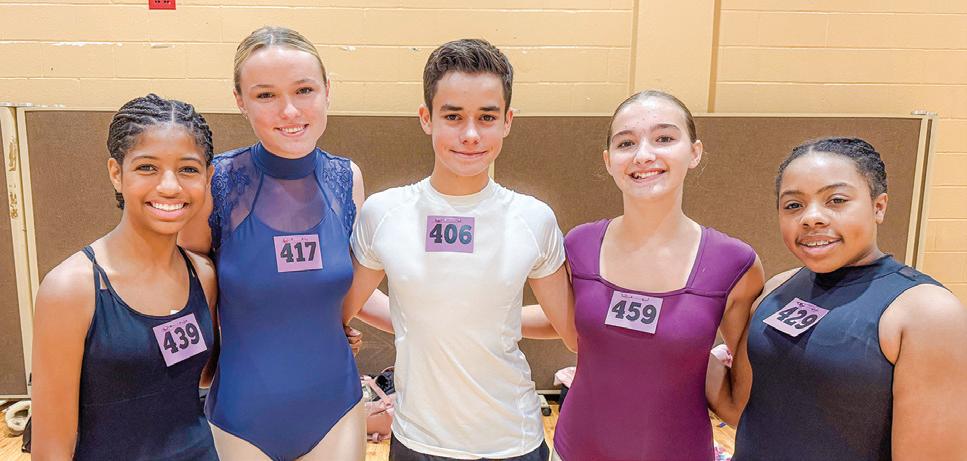





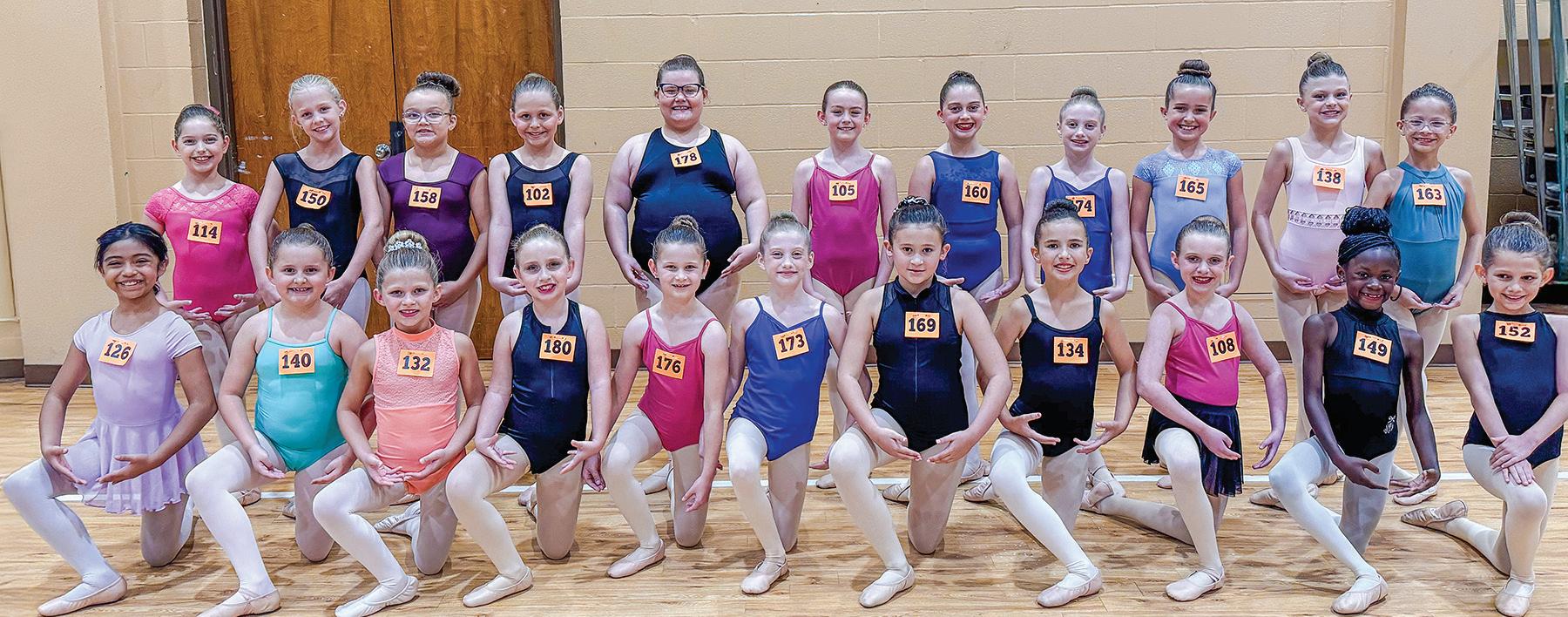

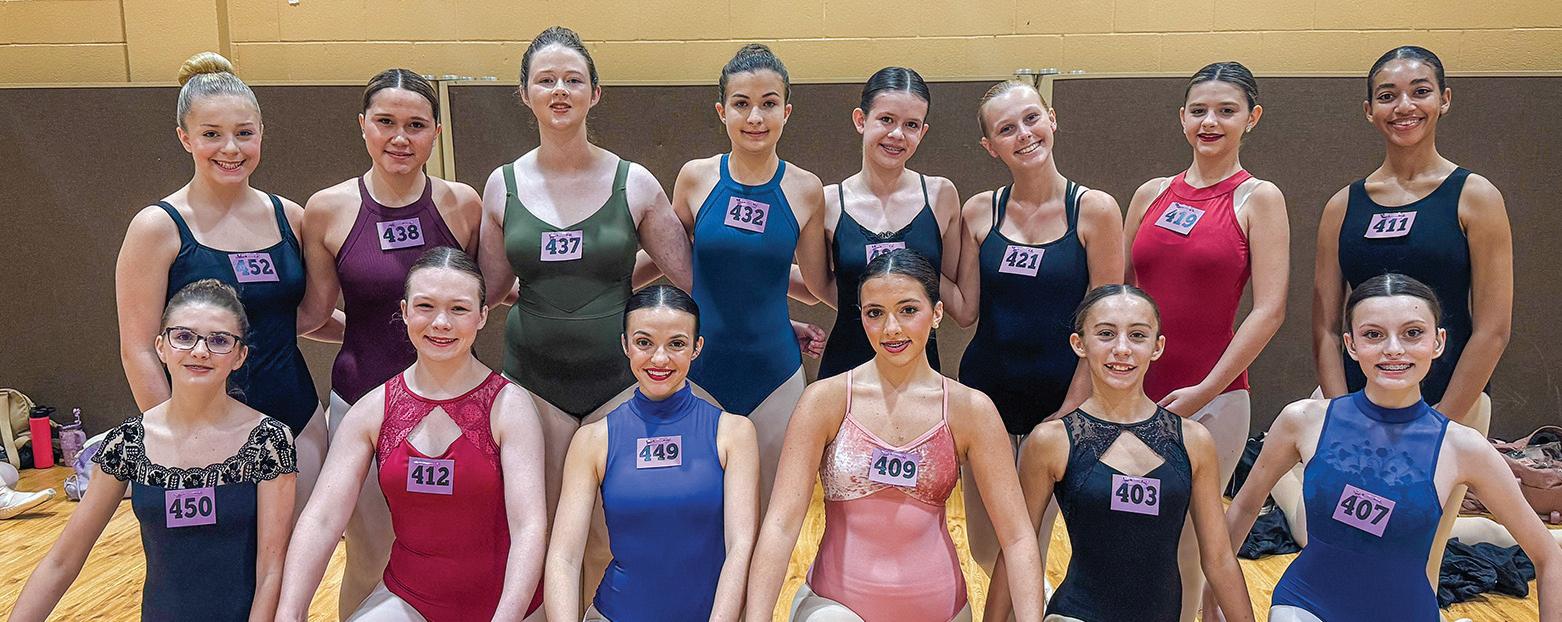
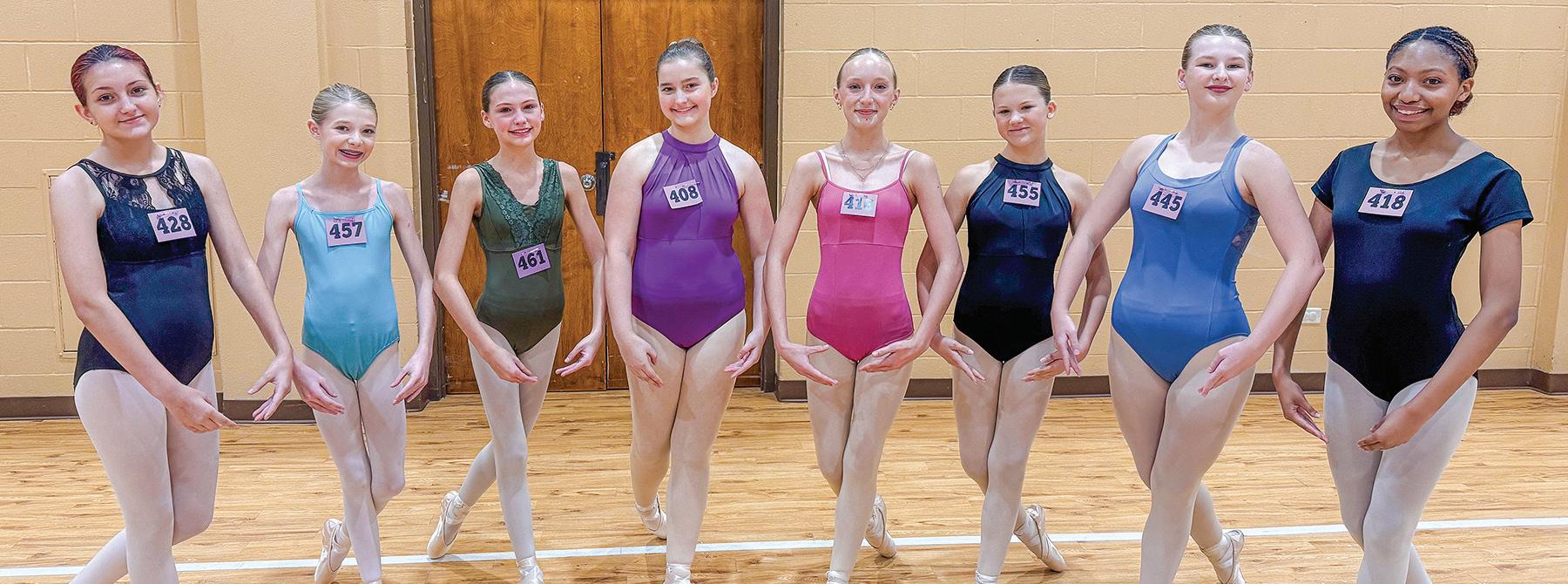
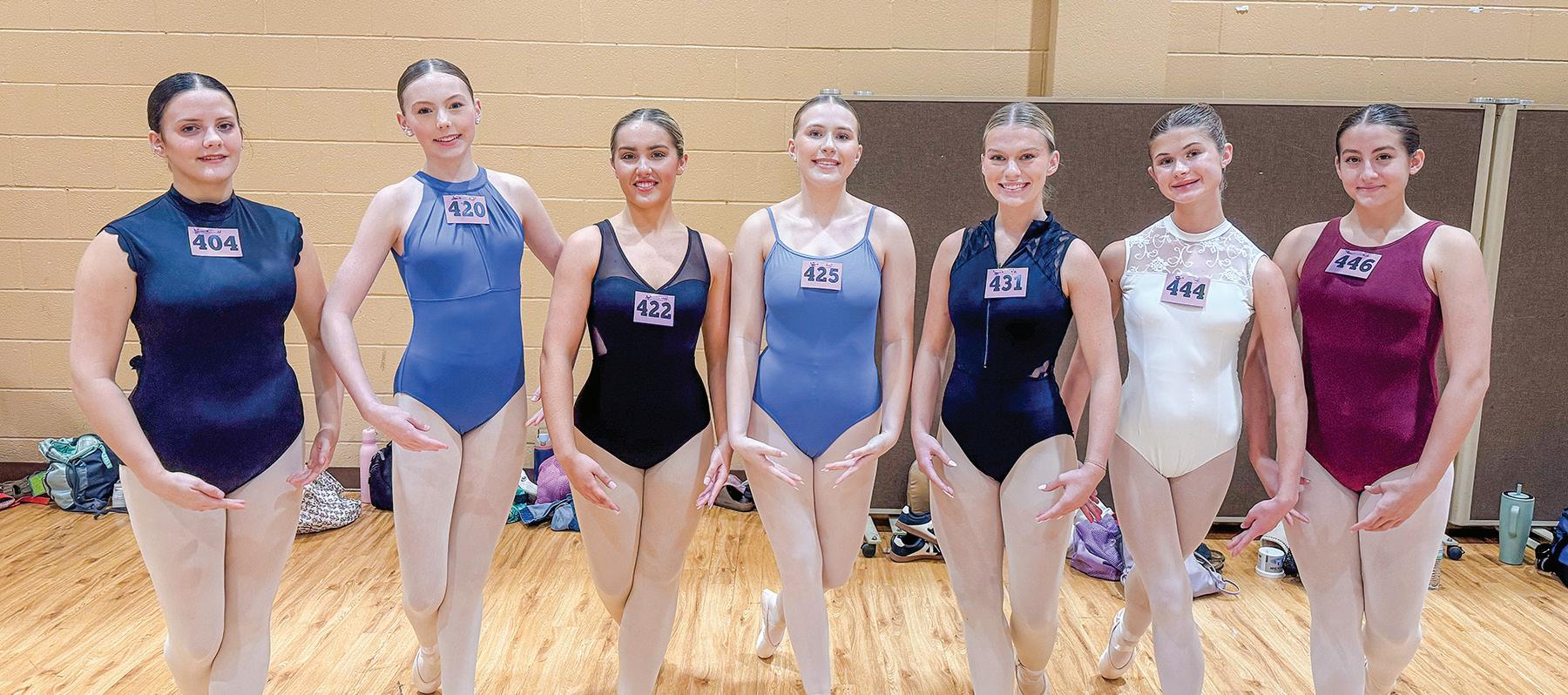

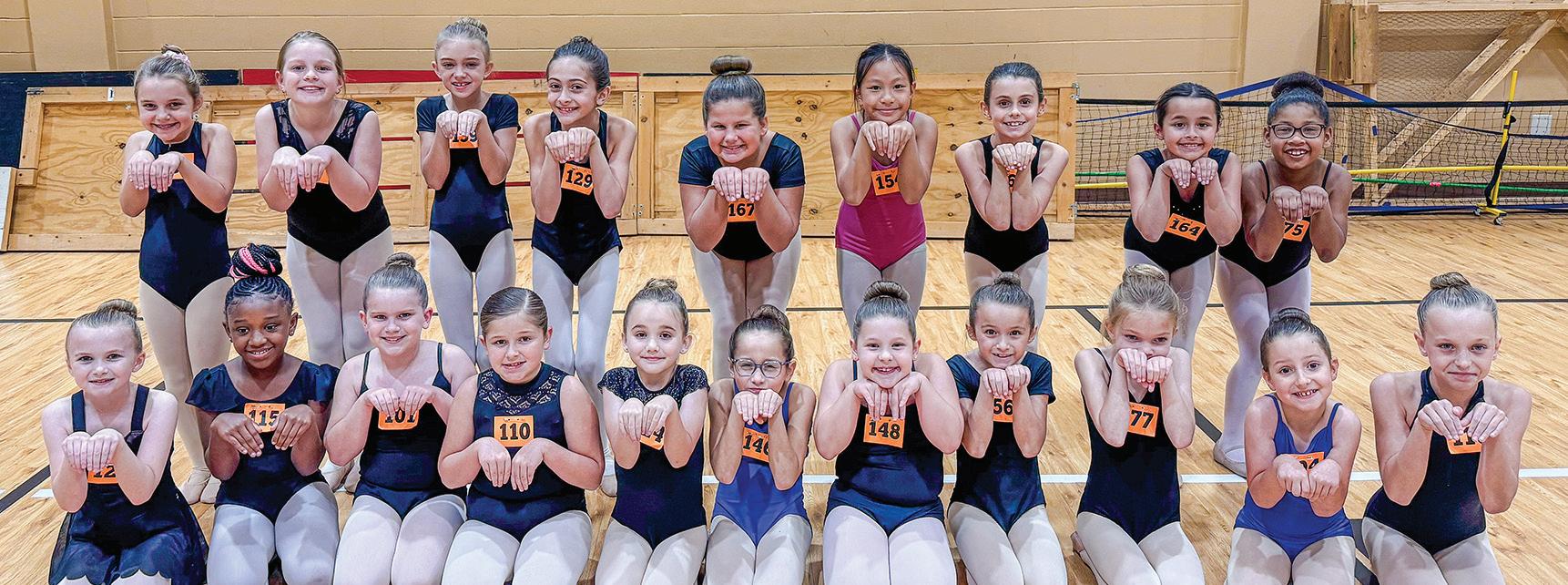

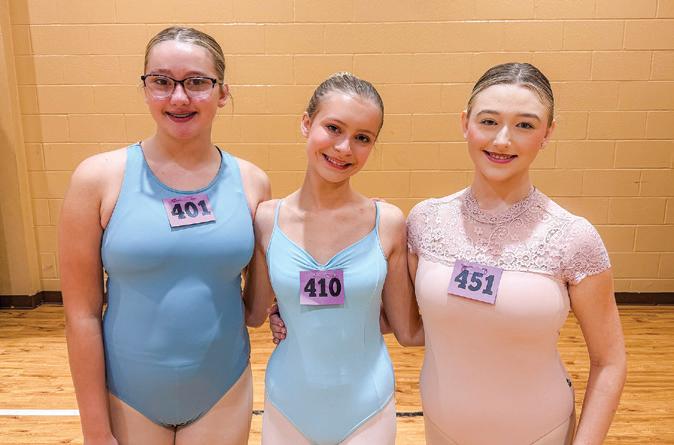
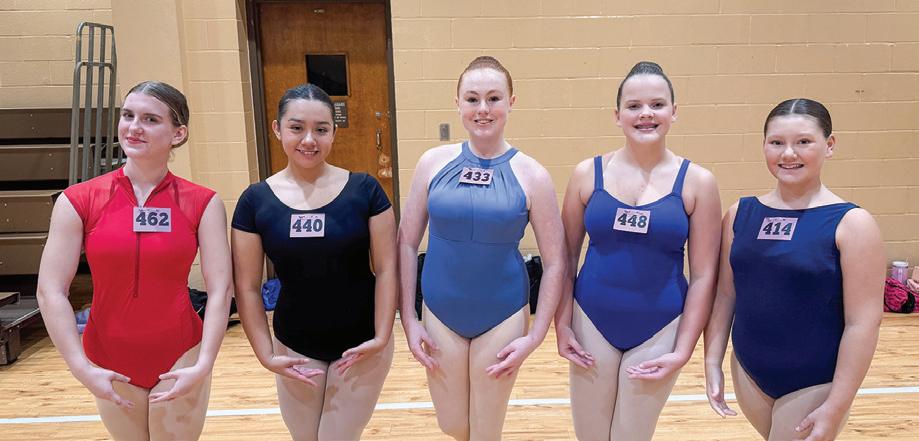
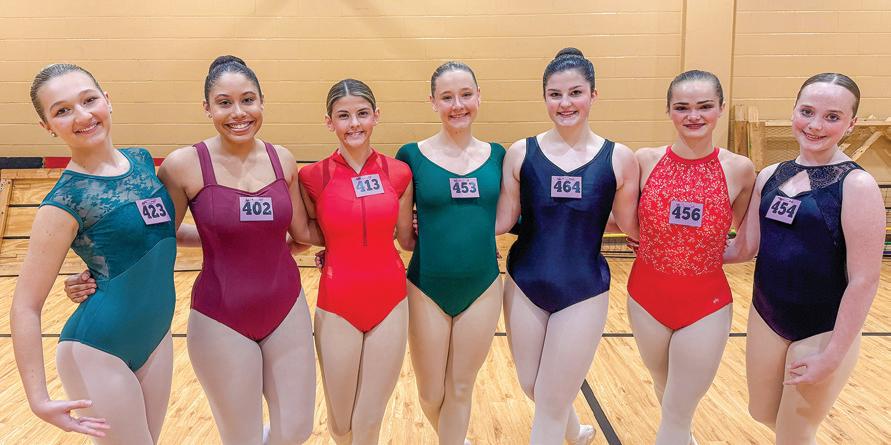


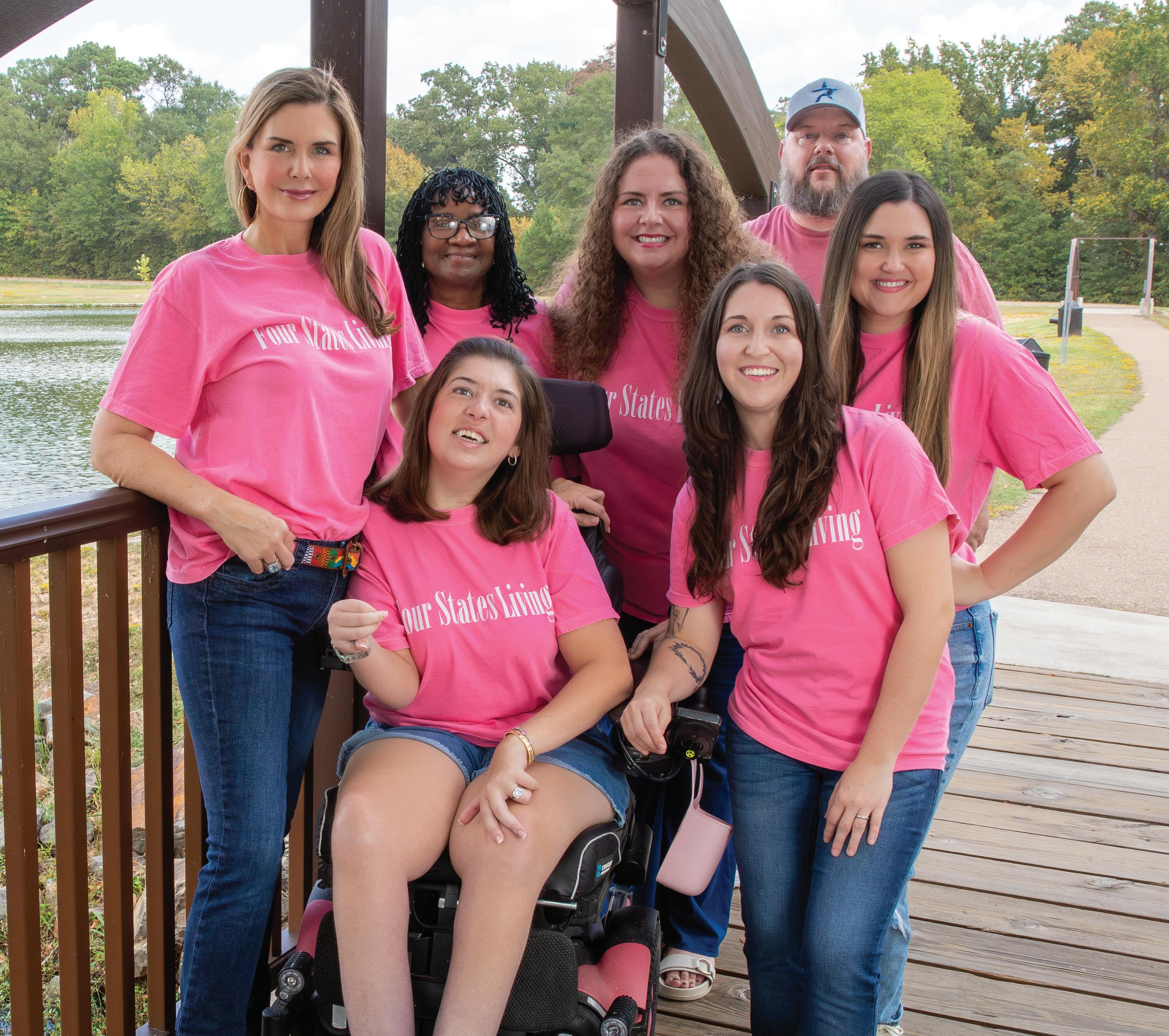

IN OCTOBER WE WEAR PINK
Breast Cancer Awareness Month has been recognized each October since the 1980s. It is called “Pink October” as people around the world wear pink and display pink ribbons to raise awareness of the importance of routine screening for the early detection of breast cancer. The staff of Four States Living Magazine hopes this issue serves to support current patients, celebrate survivors, honor the memories of loved ones lost, thank medical professionals and volunteers, and encourage everyone to get screened regularly.



by EMILY GAMMON
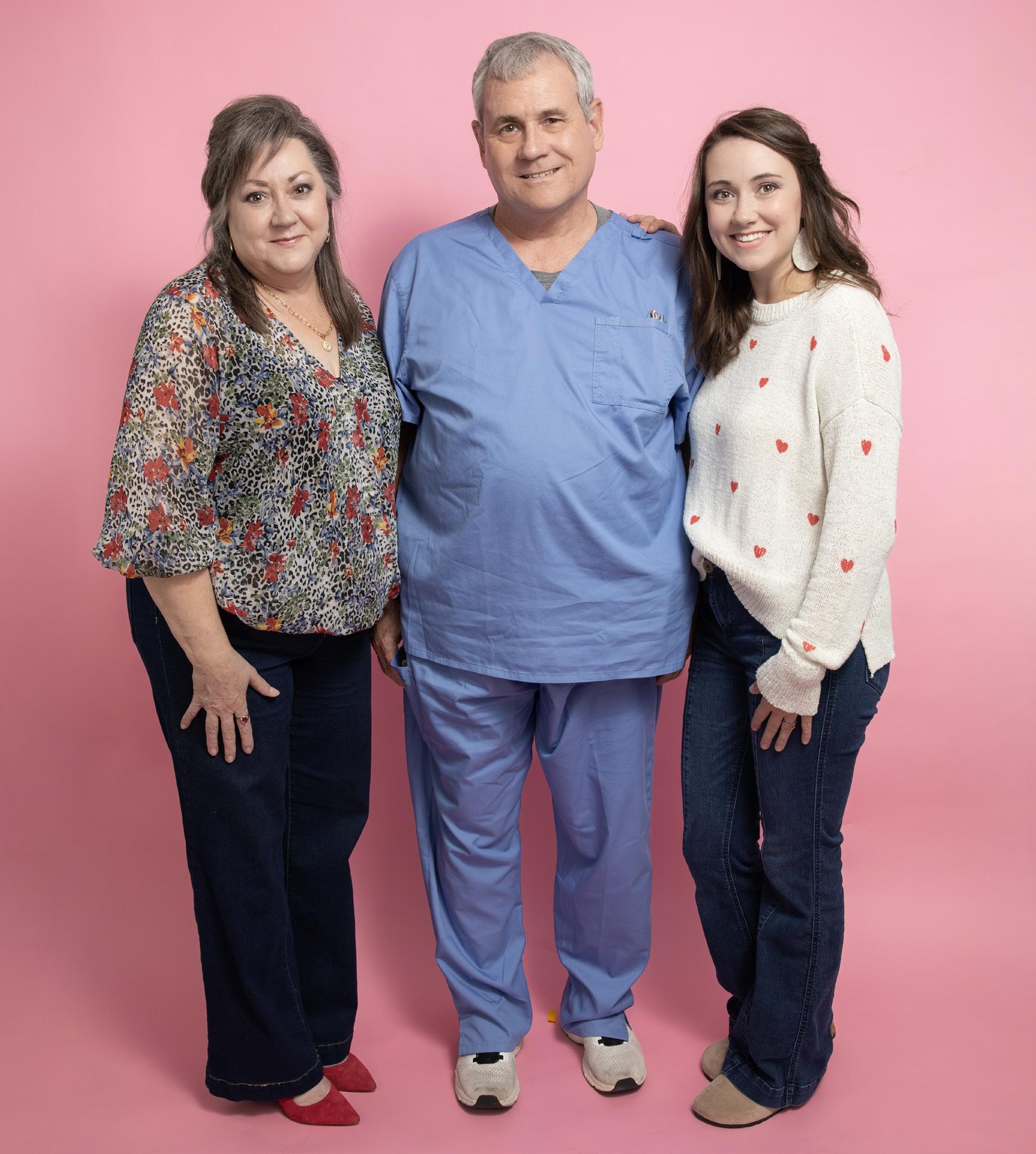
by
As you move into womanhood, choosing an OB-GYN is a daunting rite of passage. It’s a highly personal and vulnerable decision, and you need someone you can trust and feel comfortable sharing the most intimate details of your life with. For me, choosing Dr. Tom Wilson was a no-brainer—there was never even another option considered.
His name has been a household staple for what seems like most of my life. When I was 12, my mom hadn’t routinely gone for a Pap smear in several years—I mean, a pipe cleaner to the cervix is not really something anyone gets excited to schedule, and if you’re not having issues, it can easily get moved to the “do it later” list. But after her business partner, Karen Reavis, went in one day for a checkup with Dr. Wilson, she urged my mom to go have hers done, too. It wasn’t uncommon for one to encourage the other to do something like this, because they were best friends, but I can tell you that going to the OB-GYN is not something that turns up in my daily conversations. But what a blessing it was. (So check in with your friends, ladies!)
At that visit, Dr. Wilson discovered my mom had cervical cancer—and by doing so, he saved her life. I don’t remember a lot from this time besides being scared and anxious about the worst-case scenario. Dr. Wilson referred my mom to the Margot Perot Center in Dallas, where she underwent a radical hysterectomy. I do remember the excruciating recovery; nothing ever keeps my mom down, but she spent the better part of eight weeks on the couch, resting, healing, and regaining strength.
I have always felt indebted to Dr. Wilson for being diligent and making sure that scared 12-yearold little girl didn’t lose her mom.
Fast forward to 2017: I was pregnant with my first child, and Dr. Wilson walked alongside me through the whole process. In late 2018, he walked with us through a miscarriage. A year later, he cared for me again and delivered our second son. Then, at my choice, we went through surgery together as
he performed a tubal ligation. Three years later, I had that surgery reversed by a specialist in New Orleans. So, in 2022, when I showed up pregnant again, Dr. Wilson just peered at me over his glasses! If you know Doc, then you know the exact look I received. In 2023, he successfully delivered our third son. And, for the grand finale, he walked with us as I carried Jane Kate and delivered in April of this year.
That Dr. Wilson has delivered all four of my babies is so sacred to me. In the many office visits through the years, I’ve grown to trust his advice and appreciate any and all wisdom he shares, medical or otherwise. He is a brilliant doctor, a great family man, and adored by everyone who knows him.
When my last delivery turned into a day of touch-and-go decisions, Dr. Wilson stayed consistent. He prepared me that, based on the needs of our baby, we might have to have an emergency C-section, but that we had some time to watch and see. When the time came, I was able to successfully push our little girl into the world in less than two minutes. She had a nuchal cord (the umbilical cord was wrapped around her neck) and a velamentous cord insertion (her

cord had barely attached to the placenta—a rare condition that can result in late term stillbirth). But the Lord protected her, and despite all of that, she was healthy and perfect in every way. My miracle baby. We left the hospital the next day, ready to get life started with our new family of six.
Immediately, we were settling in and busy meeting the scheduling demands of our other three children. When you’re #4, you’re just along for the ride. I felt great! But at nine days postpartum, I developed a low-grade fever. Later in the day, I became concerned when I couldn’t remember things I was saying and felt disoriented.
I decided to go to the emergency room, where they kept me on IV antibiotics until Dr. Wilson could see me the next day. Monday morning, I went to his office for an exam and began to hemorrhage all over his office floor. It was an embarrassing, terrifying, shocking experience. And more concerning, the blood smelled like something was dying. As it turns out, something was dying—it was me.
Dr. Wilson came back to the room where I’m bawling, and he never acted flustered or like he could smell a thing. A man of few words, sipping his coffee out of a coffee stirrer, all he said was, “That
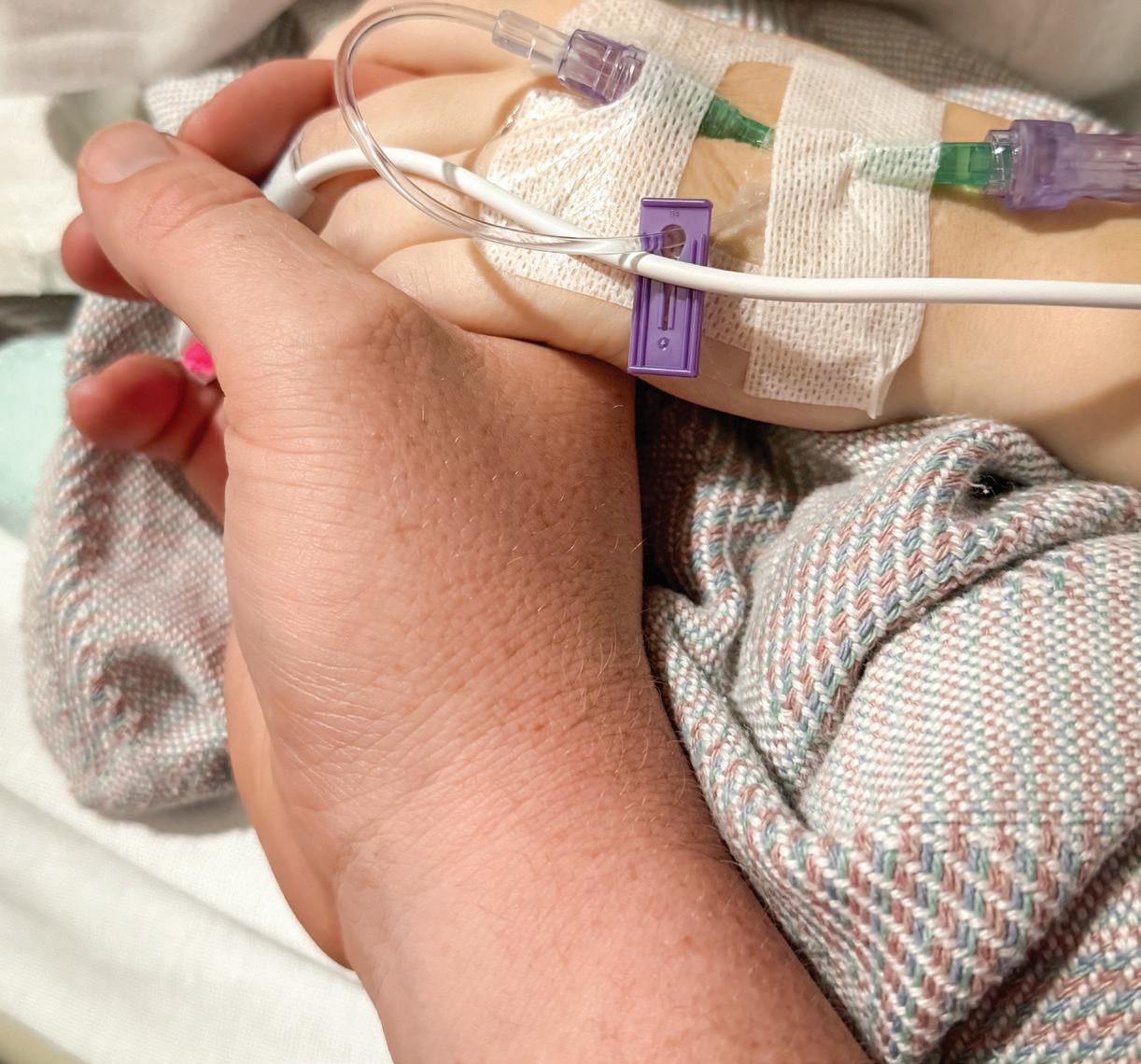


changes things.” So on that Monday morning, he sacrificed his lunch hour and scheduled a D&C procedure for the retained placenta (part of my placenta had apparently not been delivered), and that was that. At this point, I wasn’t worried at all. It was just going to be a quick outpatient procedure. I was laughing and joking all the way to the operating room, in true Emily fashion.
Hours later, I woke up and immediately knew something was wrong. It had taken way too long, I was in immense pain, and the nurses couldn’t give me any answers.
Dr. Wilson wanted to tell me himself.
During surgery, I began to bleed out. So in order to save my life, they had to cut me open and perform an emergency hysterectomy. My body had lost a lot of blood and was full of infection. I now had a six-inch incision and 15 staples across my abdomen, and my beautiful, 10-day-old little girl would be my last baby.
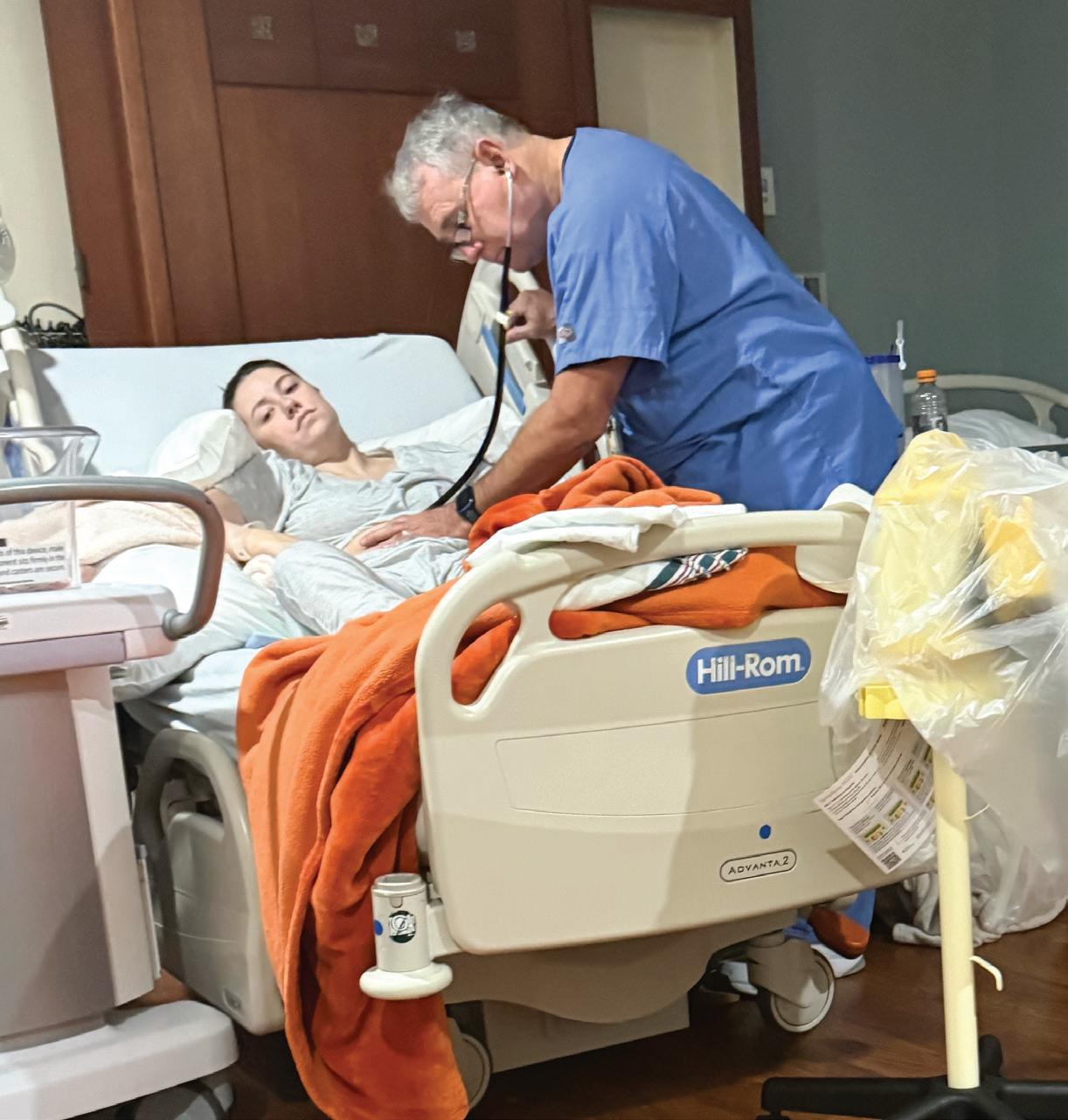


The emotions and shock were heavy, but at the same time, I knew Dr. Wilson had saved my life.
Nearly 20 years apart, his wisdom, decision making, and attention to detail had now saved both my mom and me.
Dr. Wilson will always be more than an OB-GYN to me. He will be a hero and a friend. Maybe we are trauma-bonded forever, but it’s not lost on me that if he had made one different decision on my behalf, I could have lost my little girl or not even be here to write this article today.
His job has, I imagine, come with many sacrifices. He is always on-call, whether in person or by phone. His family has had to make lifelong sacrifices for him to be available to everyone else as well. He’s delivered well over 15,000 babies in his 40+ years of service, and I am so proud to tell everyone that my four are included in that number!
This Women’s Health Month, I encourage you—go for that check up you’ve been putting off. Have the dreaded Pap smear and mammogram done; it takes longer to schedule the appointment than the actual procedures. Who knows? It could save your life.
And if you need someone to guide you and walk with you through these things, Dr. Tom Wilson is the best of the best. Tell him I sent you.
